Sony FE 14mm F1.8 G Master Review
Dustin Abbott
May 17th, 2021
Sony is on a tear with their recent lens designs. In the past couple of years we have seen one exceptional lens after another, with standouts including the 24mm F1.4 G Master (perhaps the best 24mm lenses thus far – my review here), the Sony 135mm F1.8 GM (one of the sharpest lenses I’ve ever tested – my review here), the awesome (and compact) 20mm F1.8 G (my review here), and, most recently, the 35mm F1.4 G Master (my review here). Each of these has proven to be one of the best (if not the best) lens in its class, and I haven’t even had a chance yet to test the awesome Sony FE 50mm F1.2 GM. Sony has surely laid to rest the antiquated idea that the E-mount is incapable of supporting innovative wide aperture lenses, as it has received some of the very best in recent years. What has instead happened is that Sony has hit its stride as a lensmaker and figured out how to make lenses that excel in every way – building and handling, autofocus, and optical performance. What’s even more clear is that they’ve also cracked the code on how to do all of that while keeping lenses small and lightweight. That philosophy is perhaps best exemplified by their newest lens – the amazing Sony FE 14mm F1.8 G Master. *The photos and tests that I share as a part of my review cycle of the 14GM (as we’ll call it for brevity) have all been done with the new Sony Alpha 1 which will serve as my benchmark camera for the foreseeable future (my review here).
I’ve had a bit of a love affair with the 14mm focal length going back many years. My first Samyang (Rokinon) lens review was done in 2013, and was of a 14mm F2.8 prime. I’ve spent time with about a half dozen 14mm lenses since, and there’s one in my kit as we speak. 14mm is an extremely wide focal length on full frame (this Sony lens gives you an amazing 114° field of view), and shooting with that wide of a lens is both challenging and rewarding. The challenge is that such a wide angle of view requires one to rethink composition and often get much closer than you might expect to your subject so that you don’t leave a lot of empty space in the foreground. Most zoom lenses start at 24mm, but 14mm is dramatically wider than 24mm. Here’s a look at how the two focal lengths compare:
It takes a completely different eye to compose with such a wide angle of view (and I don’t actually enjoy lenses wider than 14mm very much), but the reward is dynamic perspectives on scenes that less extreme lenses cannot match.
The only other lensmaker that I’ve seen tackle this focal length was Sigma, who released a 14mm F1.8 lens about four years ago. I praised them in my review for taking on the challenge of building a lens that no one else had, but also noted the challenges inherit to the lens. It was big, heavy, and (for a Sigma), quite expensive. The 14GM is another story, however. Sony has used all of their recent lens expertise and has made a lens that is incredibly compact while also being much higher performing than the Sigma in basically every facet. It’s truly impressive. The Sigma lens is 154%!!! heavier (1170 vs 460g), and the Sony lens is over 26mm shorter. This is a shockingly compact lens for such a wide angle and wide aperture marriage, and Sony has managed to do while holding the 14GM to a very high optical standard. This is a lens that is going to allow you to get truly amazing images, and, while it didn’t shave much money off the Sigma’ price ($1598 vs $1599 USD), it shaved everywhere else.
So let’s dive into this great lens and explore the amazing photos you can take with it along the way. To discover more, read on here or you can watch either my long format definitive review or shorter standard video reviews below.
Follow Me @ Patreon | My Newsletter | Instagram | Facebook | DA Merchandise | Flickr | 500px
Thanks to Sony USA for getting me an early loaner of the lens. As always, this is a completely independent review.
Sony 14GM Build, Handling, and Features
In many ways, the most important aspect of the build is the compact size and weight of the lens. This is a focal length that is begging to be backpacked into the woods or go on your adventures, but the compact dimensions and light weight of the lens is what will make that vision possible. The aforementioned Sigma was just too big to be routinely packed along, but the 14GM was easy to fit even into my smaller bags as an additional lens. It is actually smaller (slightly) and lighter (45g) than the Samyang AF 14mm F2.8…and the Samyang has a maximum aperture 1 1/3 stops slower! Here’s a look at overall specifications and how they compare.
The GM lens is only 460g (1 pound), is 83mm in diameter (3.3″), and is only 99.8mm long (3.9″). That is just remarkable for a lens with this focal length and aperture combination. This is an internally focusing lens, too, so the length of the lens is fixed and the front element does not move at all during focus. Even it’s fixed lens hood it is basically the same size as the also-compact 35mm F1.4 GM:
It does suffer from the typical shortcoming of such a wide angle lens, however, in that the front element is curved in such a way that it requires a fixed lens hood to protect it and cannot use traditional screw-in filters.
Sony includes a generic gel filter holder at the back (though they don’t sell any filters themselves). You can purchase or make gel filters, or, if you want a more elegant solution, Haida is already launching a high end rear filter kit that allows you to swap Sony’s filter holder out for their own (it takes about five minutes and literally only involves removing three little screws with the included screwdriver, popping in the Haida filter holder, and then putting the screws back in). Once installed, the Haida filter holder allows you to use higher end glass filters that perform extremely well.
Utilizing their ND filters will allow you to have much more control over exposure with the lens for both video and stills work. I particularly enjoy utilizing ND filters for long exposure work. It can add so much visual interest to slowing rapid movement and giving unique perspective. The first series shows the progression of the shot without an ND filter, then with ND 0.9, 1.2, 1.8, then 3.0 filters (3, 4, 6, & 10 stops), and then there are a couple of fun shots to show what dynamic wide angle shots you can get with this combo.
I had a preproduction kit from Haida, but you can usually find their filter kits like this (including 4 different ND filters) for a price point between $100-$150, depending on the configuration. There are two principle downsides to rear filter kits. The first is that you have to detach the lens to attach filters, which does introduce the possibility of getting dust on the sensor. I’ll also note that the 14GM has a rear glass element right at the end of the lens, so I did find my fingers sometimes brushed the back of the rear element while changing filters. The second downside is that the polarizing is often not part of the equation, as you have no means of rotating a rear filter. The major upsides of rear filter kits is that they are 1) much cheaper than front mounting filter systems, 2) they are MUCH smaller and thus easier to pack along and 3) there’s no risk of introducing additional vignette.
There is a good chance that some third party filter maker will also make a front mounting filter system adapter to utilize square filters for the lens as well. The proliferating filter options these days makes not having screw in filters less of a penalty than it used to be.
I’ll also note that the fixed lens hood requires the front cap to be the type that fits over the lens hood and thus it isn’t nearly as compact for storage.
These typical wide angle limitations seem less onerous due to the small size of the lens, though…or maybe I’ve just gotten more used to these inconveniences over time.
While I love the toughness and functionality of GM lenses, I don’t find them aesthetically top notch. They are feature rich lenses (which is great), but the Sony design language tends to result in lenses that look functional but a bit busy. This is a workman’s lens rather than a stylistic showpiece.
The upside is that the GM lenses are always very feature rich. That starts with the aperture, where you have multiple options for controlling aperture. You can change it from within the camera, manually change it via one third stop detents, or have a declicked aperture by selecting the switch on the right side of the barrel.
The lens also sports a focus hold button along with an AF/MF switch.
The 14GM has a professional grade of weather sealing, with 8 total seal points, beginning with a seal at the lens mount, internal seals, and then a fluorine coating on the front element. This is a lens designed for professional use in a wide variety of environmental conditions.
The manual focus ring is located near the front of the lens and is about two centimeters in diameter. It has a ribbed, rubberized texture, and moves smoothly. The damping is a little on the light side, however, and so the focus action isn’t as excellent as I’ve seen in some lenses. The focus ring is nicely linear, however, which makes for highly repeatable results.
Ultra wide angle lenses are rarely strong MFD performers, and the 14GM doesn’t really break the mold. The Minimum Focus Distance is 25cm (9.8″) and the resulting magnification is a rather pedestrian 0.10x. Here’s what that magnification looks like:
The lens performs much better at MFD if you mostly center your subject, and it delivers excellent sharpness there:
Move your subject off-center, however, and you get a slightly weird result near the edge where what looks like motion blur mars the image. This example is shot at 1/400th of a second, so it isn’t motion blur, but rather a distortion effect that only shows up at close focus.
I noted the same in a number of images. This image is another that I overall really like, but looking at the plane of focus on a pixel level reveals a similar type of effect.
That image was shot at 1/1000th of a second, so certainly NOT motion blur.
My favorite close up image was this one:
The center composition works well, and while the subject dominates, it does so in context of the forest around it, which is a unique look for a wide angle lens.
The 14GM has 9 rounded aperture blades, which is useful in maintaining a circular shape as the aperture is stopped down, though you will rarely see many bokeh highlights with a lens like this one stopped down!
The build and handling of the 14GM gets very high marks from me. The smaller size and increased portability makes this lens a special one, as you get the benefit of the wider-than-typical maximum aperture but without the penalties typically associated with it. This lens is no harder to bring along than the Samyang AF 14mm F2.8 despite that lens having a considerably smaller aperture, and the GM lens weighs less despite having more thorough weather sealing and more features. And the Sigma? – it’s so big that frankly it isn’t even worth considering on Sony, particularly when you consider it costs the a hair more than the GM! Home run, Sony!
Sony 35mm F1.4 GM Autofocus and Video Performance
Sony has developed a winning autofocus formula in recent GM lenses by utilizing XD (Extreme Dynamic) Linear Motors. They evaluate the amount of torque needed to drive the focusing element(s) and then multiply the number of linear motors needed for fast, quiet focus. In this case, the necessary number was two, though I’ve seen as many as four in a lens like the 135mm F1.8 GM. Sony nailed the formula here, though as autofocus is fast, utterly quiet, and very accurate. Focus is in many ways challenged less by a wide angle lens, as very quickly almost everything is in focus. In this shot, for example the only differences I can find even at a pixel level is some additional vignette on the F1.8 shot relative to the F5.6 shot. In both shots both the foreground branches and the distant horizon line are in focus.
This would only work this way with a very sharp lens, obviously, but the advantage of such a wide angle lens that also happens to be high resolution is that you can shoot at F1.8 to F2.8 in most situations and get very sharp images with almost everything in focus (often the desired effect with such a wide angle lens).
This reality doesn’t change the fact that autofocus is excellent here, however. Focus changes in AF-C are essentially instantaneous. Focus was always perfectly silent, with no discernable sounds. Video focus pulls were perfectly quiet, making the natural environmental sounds seem extra loud!
Focus accuracy when shooting that rare shot where depth of field was shallower was excellent.
I love that shot, as it shows the drama you can get in a fairly standard scene because of the extreme focal length.
Here’s another narrow shot that shows off good focus (though at a pixel level it does exhibit that odd distortion effect).
Eye AF and face tracking are rendered slightly irrelevant here due to the deep depth of field from the focal length, but it seemed like tracking worked well, as expected. This is an excellent focus system, and it focused fine in dim conditions even with an ND 3.0 (ten stop) filter attached. This was a 30 second exposure…autofocused.
Once again the 14GM checks all the desired boxes. The recent GM lenses have pretty much the best autofocus systems I’ve seen in any lens.
Sony 14GM Optical Performance
Sony has employed a relatively complex optical performance here with 14 elements in 11 groups. There are two extreme aspherical elements, the first of which has a greater degree of curvature than what is employed by many lens makers (one of Sony’s breakthroughs that has enable better performance from more compact lenses recently), a regular aspherical lens, one Super ED lens, along with two extra low dispersion element. You can see Sony’s optical formula along with the MTF charts from the lens here:
If you “speak MTF” you will note that the lens is extremely sharp at F1.8 and essentially perfect at smaller apertures. I’m not sure that I’ve ever seen an extreme wide angle lens with an MTF like that. And, it translates into the real world. This is a lens that is extremely sharp even at F1.8:
Wide angle lenses are frequently guilty of having lateral chromatic aberrations (LaCA) that shows up as green and magenta fringing on either side of contrast transitions near the edge of frame (usually on tree trunks and branches for me!) We can see that there is no problem with LaCA on the 14GM, though.
There is typically less room for LoCA (Longitudinal CA) with wide angle lenses, as this aberration presents before and after the plane of focus, and, as we’ve discussed, the plane of focus is typically huge with such a wide angle lens. What chance there might be for LoCA is thwarted by this optical formula, though, and I see little evidence of it either on my chart or in the field.
How about vignette and distortion? I would expect to see some barrel distortion, and that’s what I see. It’s a bit exaggerated by being so close to the test chart, but this is fairly mild for an extreme wide angle lens. I was able to give it a reasonable correction with a +8, though you’ll see that there is a bit of wave left in some lines due to a slightly non-linear distortion pattern. Vignette was moderate as well, requiring a +55 and midpoint of zero to correct.
This points to around 2.5 stops of corner shading. Obviously the correction profile in camera for JPEG and Video, and (eventually) the correction profile in Adobe for RAW will do a slightly cleaner job than what I’ve accomplished manually. I’ve seen much, much worse in both metrics in other wide angle lenses, so this is a fairly good performance.
This uncorrected real world shot shows that straight lines and corner vignette doesn’t look too bad.
Our early metrics are looking good, with nothing particularly objectionable standing out. The well controlled aberrations point to very strong contrast even at wide apertures, and that was certainly the case. Here’s a look at my test chart shot with the 50MP Sony Alpha 1.
And here are the crops from the center, mid-frame, and corner at F1.8:
You can see very good resolution and contrast across the frame, with the high marks being on consistency and the low marks being that the center performance isn’t much better than the midframe and/or corner performance. In some ways, though, I think the lens is sharper than what the chart suggests. You have to get so close to the chart with a 14mm focal length that field curvature does become a factor. Moving out to a real world infinity example at F1.8 in some ways shows a more impressive result.
You can see that the crops from both the center and the edge are quite consistent, and the detail is good in each of them.
If I switch to an architectural subject, you can see that the detail at F1.8 is fantastic:
There’s no lack of functional sharpness in this lens even at F1.8; it is exceptionally good.
A mild stopdown to F2 produces little change, but contrast and detail picks up at F2.8. Here’s a look at the improved corners.
I’m sure you won’t be surprised to hear that the lens is just exceptional at landscape apertures:
I was coming home from church on a Sunday evening in May, and when I saw the sky from passing rainclouds, I knew I had to go out and capture it specifically because I knew how amazing skies look with a wide angle lens like this. One of the fun things about an ultra wide angle lens is the role that either the foreground or the sky can play in your composition. If I slightly tilt the lens down, I can focus on the unique textures in the sand on the edge of the lake:
If I tilt up, though, the sky becomes this dynamic thing that captures the attention.
Minimum aperture here is F16, and on a higher resolution camera like mine, diffraction does soften the acuity in fine textures a bit, but I also felt like the 14GM does better at minimum than many lenses. In some ways I like the F16 result better than the F1.8 result, though your best results will be found from F5.6-F8. A lower resolution sensor like Sony’s 24MP options will probably see less softening at the smallest aperture.
Sony does tout the bokeh quality from the 14GM, and, while it might be better than some alternatives, the nature of the focal length combined with the fact that the minimum focus isn’t particularly close means that there will be few situations where the background is particularly blurred out.
The bokeh quality is fine so far as it goes, but “bokeh images” are really not going to be the strength for this lens.
An ultra wide angle like this excels more at having a LOT in focus than in having a LITTLE in focus.
Sony has some of the best coatings in the business right now, and I’ve found a lot of their recent lenses to be class leaders in flare resistance. That’s true with the 14GM, too, which shows an essentially perfect degree of resistance to either ghosting or veiling. The sun in this image is actually very intense and directional, but there’s no evidence of flare artifacts.
In fact, I could point up right at the sun on an intensely sunny day and get amazing flare resistance…and a really fantastic looking sunburst effect.
Put that sunburst up in the treetops or around the edges of buildings for a really fantastic addition to your images.
I found color to be intense and rich, which I love for a lens like this that I want drama from.
Look how gorgeous the colors are in this image.
While I saw a Sony rep break down the 14GM’s performance for astrophotography in a press briefing, the weather did not cooperate with me at for shooting the night sky during my two week period with the lens. Every night clouds rolled in and I never had good conditions for shooting the stars. The performance looked excellent in their briefing, and I see no reason to expect otherwise, but I cannot verify this for myself.
All in all, what I saw from the 14GM pointed to Sony having a true winner of a lens. It is compact and lightweight while also being extremely high performing. I had no problem getting a lot of images I loved even in a brief period of time, and this would definitely be a lens I reached for should I own it. Feel free to check out more images by visiting the image gallery here.
Conclusion
Sony has been on a tear with their lens designs recently, and the new Sony FE 14mm F1.8 G Master is yet more evidence of that. Sony has cracked the code on how to take advantage of the shorter flange distance in mirrorless, and so the optical formula starts early in the lens. This helps the balance of the lens, too, as most of the weight that is there is close to the camera body. My experience is that compact, lightweight lenses just get used more often. I’m more likely to pack them for trips or excursions where I’m taking multiple lenses. I’m more likely to reach for them when hiking. The fact that you aren’t compromising on build, features, or weather sealing means there is really no downside to using the smaller lens, particularly when it is also a better lens than the direct competition – the Sigma 14mm F1.8 ART lens.
The 14mm focal length is a must have for those who love a dramatic angle of view for landscapes or architecture. There’s something uniquely imposing to what you can do with the perspective from the lens.
Familiar destinations can become exotic if you scout out fresh angles to shoot them from. This shot, for example, is just getting close and capturing the sculptured shapes in a sand quarry after the rain.
A lens like this is never going to be cheap. It costs $1598 USD, which is certainly expensive. It’s triple the price of the Samyang AF 14mm F2.8, which is a reasonable budget option. But The 14GM is so good that it gives you little reason to consider the much larger Sigma 14mm F1.8, which is no cheaper anyway. But if you want the focal length and also want a pro-grade lens, the 14GM is actually priced reasonably. The Canon 14mm F2.8L II, for example, still costs $2099 USD despite being 14 years old at the time of this review, and the Nikon equivalent is $300 more. Both of these lens have much smaller apertures and a poorer performance, so the Sony feels like it is competitively priced despite being expensive. Only you can determine the importance of such a lens for yourself, but I’ll confess to ending this review period very, very tempted myself. The Sony FE 14mm F1.8 G Master is an amazing lens!
Pros:
- Smaller and lighter than competitors
- High grade of build
- Quality weather sealing
- Good features and general handling
- Fast, quiet, and accurate autofocus
- Excellent wide open sharpness across the frame
- Low chromatic aberrations
- Amazing flare resistance
- Sunburst is gorgeous
- Color rendition is fabulous
- Good handling of coma* (as per Sony briefing)
Cons:
- Some odd distortion with off center shots at MFD
- Can’t use traditional filters
- Relatively competitively priced, but still expensive
Gear Used:
Purchase the Sony 14mm F1.8 GM @ B&H Photo | Amazon | Camera Canada | Amazon Canada | Amazon UK | Amazon Germany | Ebay
Purchase the Haida Rear Filter System Kit @ B&H Photo or Amazon
Purchase the Sony 35mm F1.4 GM @ B&H Photo | Amazon | Camera Canada | Amazon Canada | Amazon UK | Amazon Germany | Ebay
Purchase the Sony Alpha 1 @ Camera Canada | B&H Photo | Amazon | Amazon Canada | Amazon UK | Amazon Germany | Ebay
Purchase a Sony a9M2 @ B&H Photo | Amazon | Camera Canada | Amazon Canada | Amazon UK | Amazon Germany | Ebay
Sony a9 Camera: B&H Photo | Amazon | Camera Canada | Amazon Canada | Amazon UK | Amazon Germany | Ebay
Sony a7RIV Camera: B&H Photo | Amazon | Camera Canada | Amazon Canada | Amazon UK | Amazon Germany | Ebay
Buy DA Merchandise https://bit.ly/TWIMerch
Purchase a Sony a7C @ B&H Photo | Amazon | Camera Canada | Amazon Canada | Amazon UK | Amazon Germany | Ebay
Peak Design Leash Strap: Peak Design Store | B&H Photo | Amazon | Amazon Canada | Amazon UK
Adobe Photoshop Creative Cloud 1-Year Subscription
Exposure Software X6 (Use Code “dustinabbott” to get 10% anything and everything)
Visit Dustin’s Amazon Storefront and see his favorite gear

Purchasing your gear through B&H and these links helps fund this website and keeps the articles coming. You can also make a donation here if you would like. Visit my Amazon page for some of my gear of choice! Thank you for your support.
Great News! I can now offer a 5% discount on all purchases at Amplis Foto, Canada’s Leading Photographic Supplier. Please enter discount code: AMPLIS52018DA in your cart. It is good for everything in your cart, and is stackable with other coupons, too! It will take 5% off your entire order! Proceeds go towards keeping this site going and providing you with new reviews!
Check me out on: My Patreon | Sign Up for My Newsletter | Instagram | Facebook | Twitter | Flickr | 500px | Google+ |
Keywords: Sony 14mm F1.8, Sony 14 F1.8 GM, 14mm 1.8 GM, 1.8, f/1.8, F1.8, Sony 14mm F1.8 G Master, Sigma 14mm F1.8 ART, 14mm, Review, Sony 14mm F1.8 Review, Wide Angle, G Master, GM, Review, Sony, Review, Hands On, Dustin Abbott, Real World, Comparison, Sharpness, Bokeh, Flare Resistance, Autofocus, Image Quality, Sample Images, Video, Photography, Sony a9, sony a7III, sony a7RIV, a7R3, Sony Alpha 1, Sony A1
DISCLAIMER: This article and description contains affiliate links, which means that if you click on one of the product links, I’ll receive a small commission. As an Amazon Associate I earn from qualifying purchases.










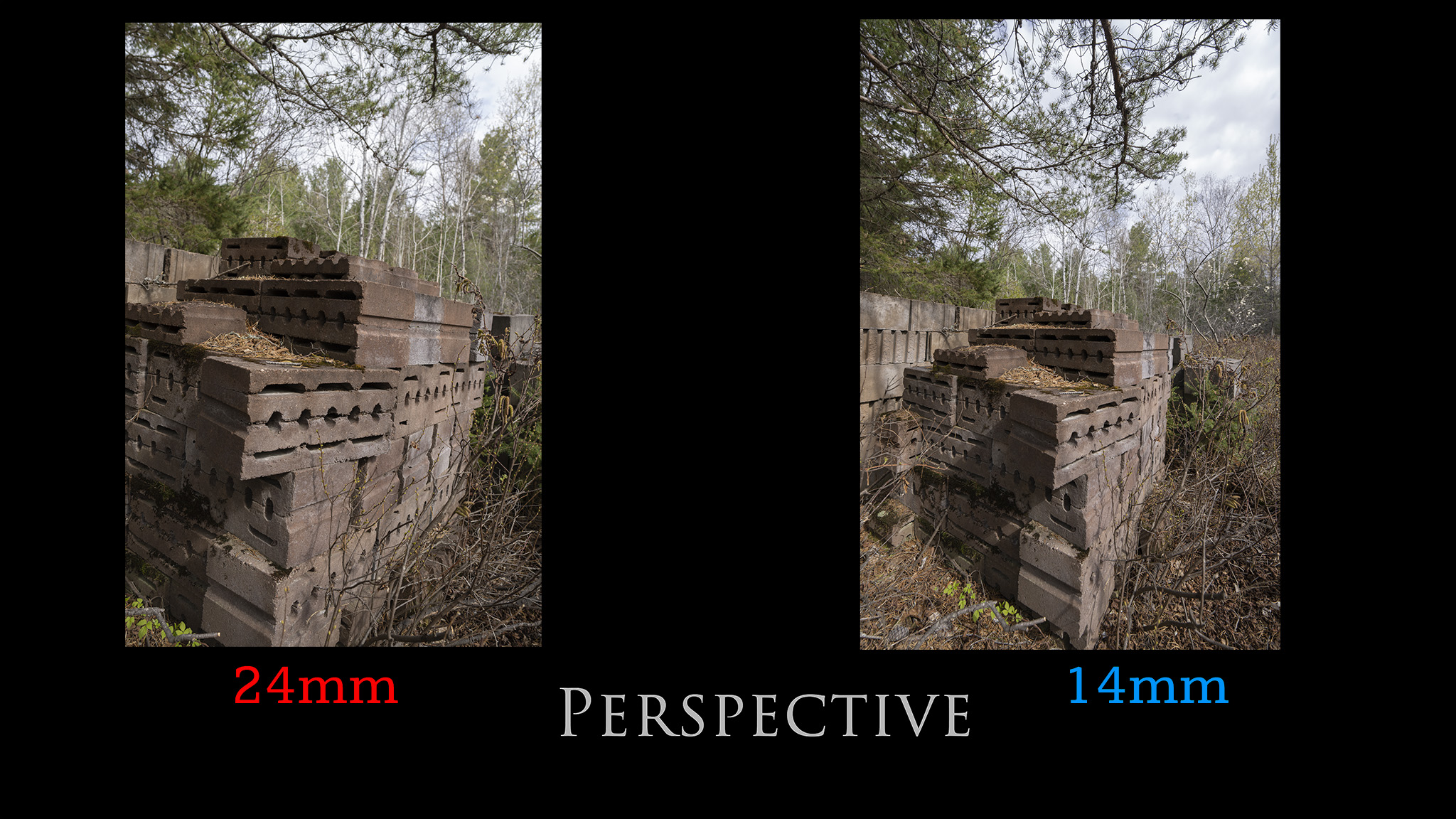
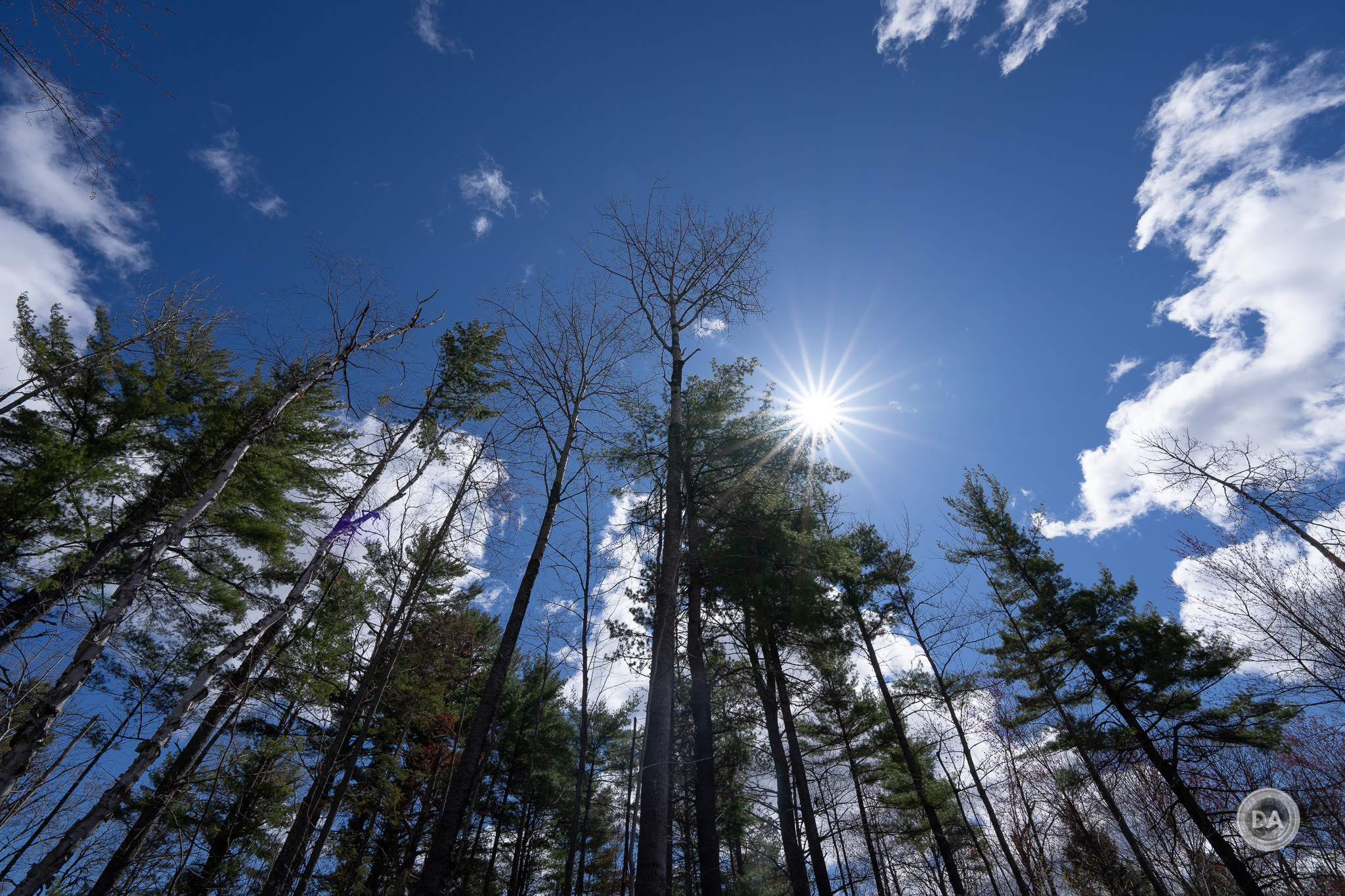
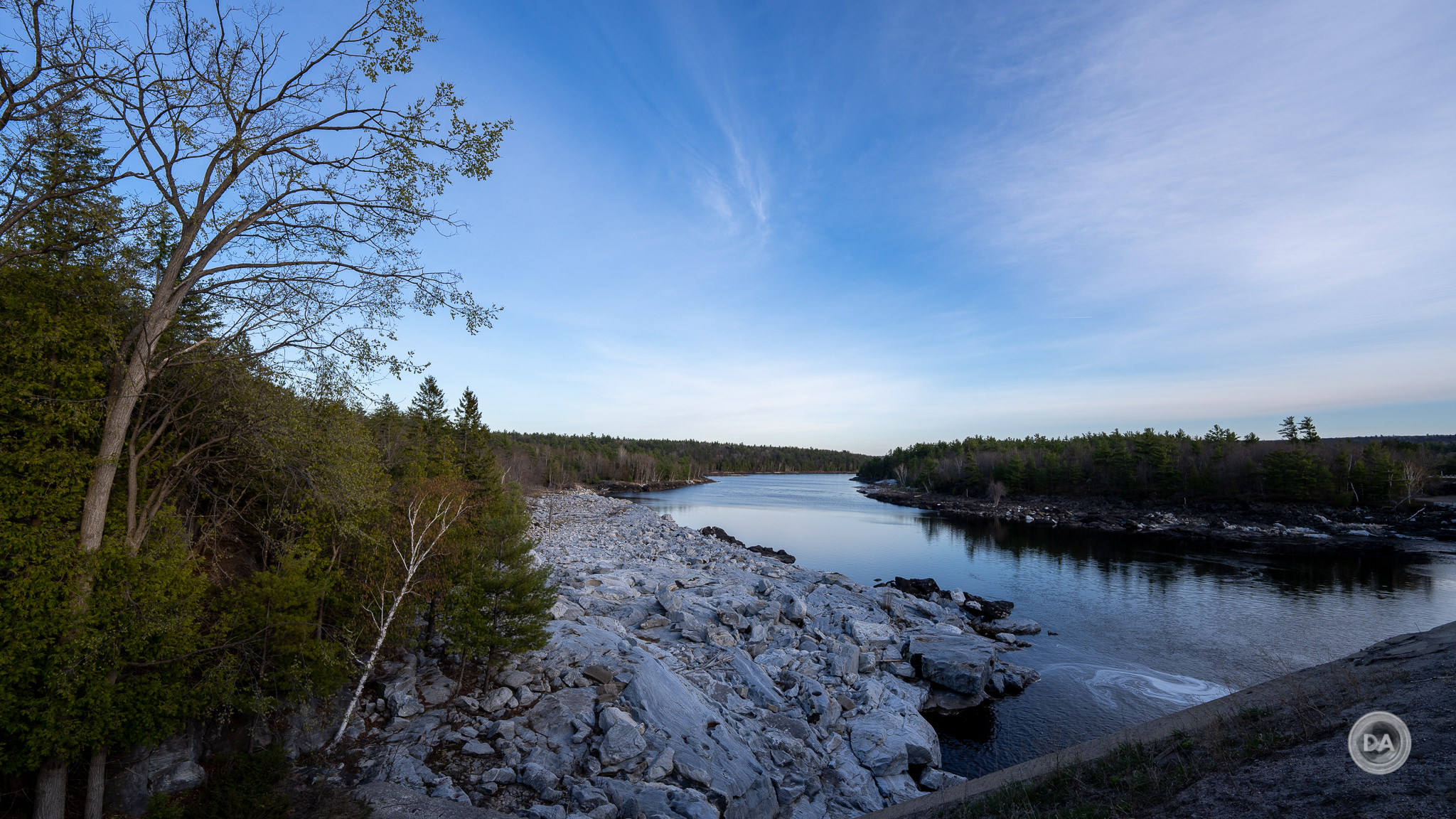
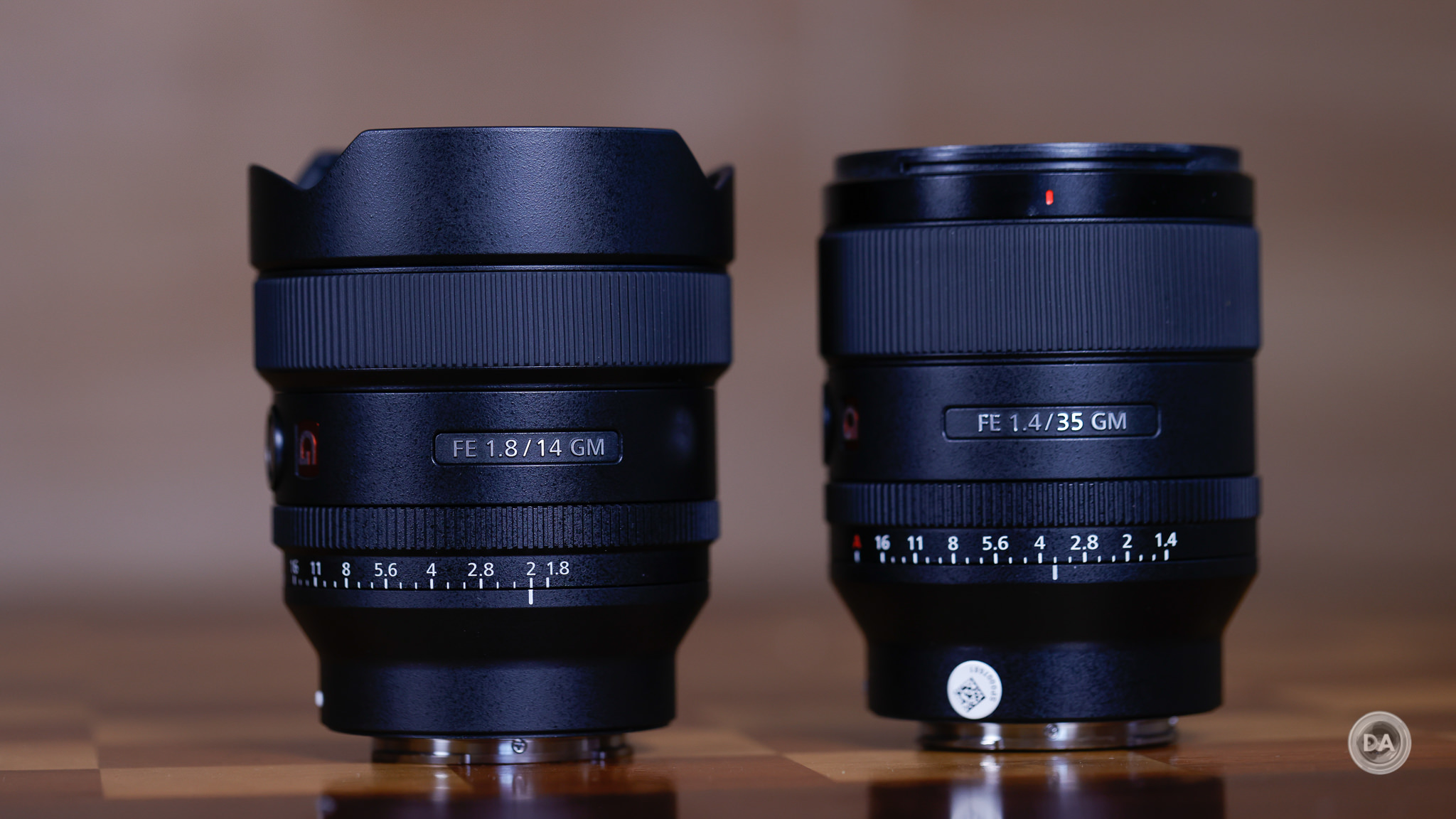
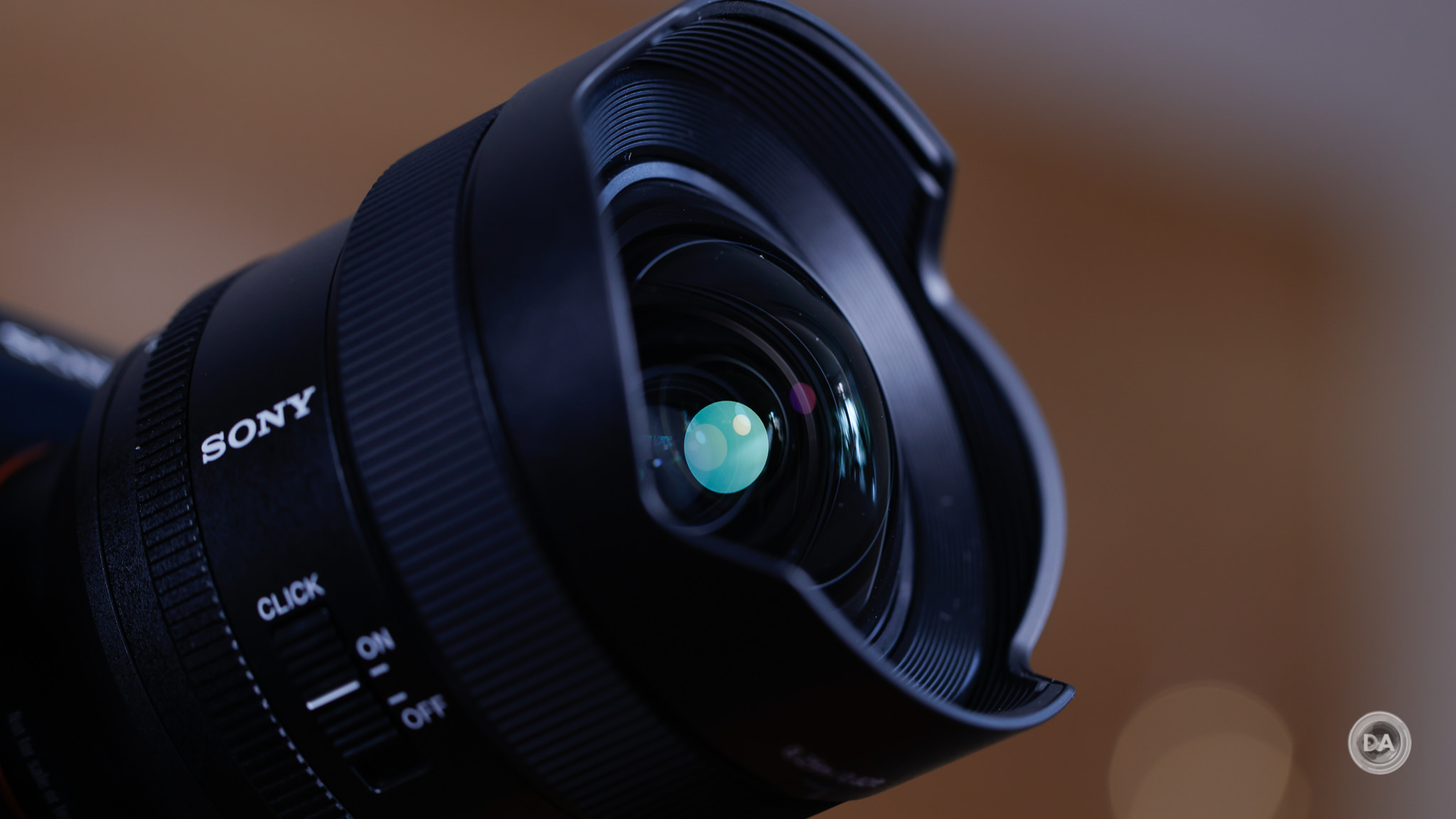
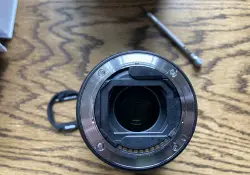
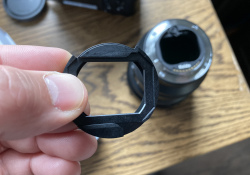


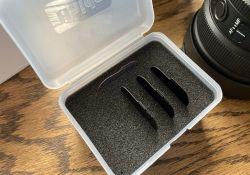



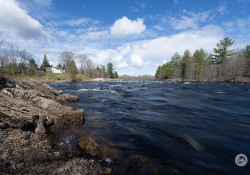
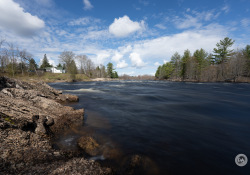
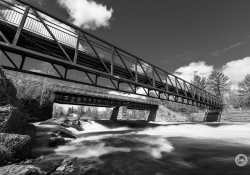
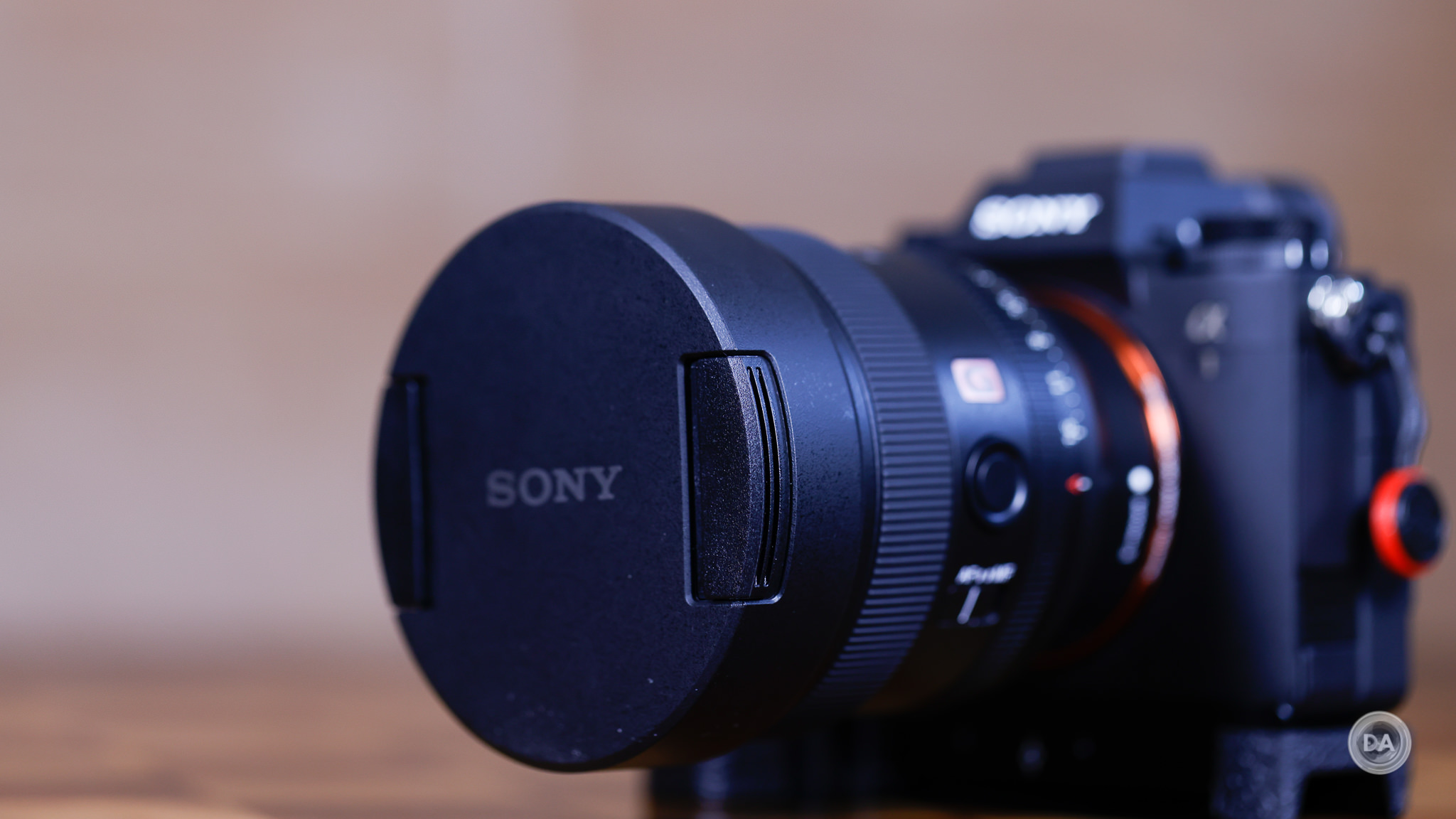
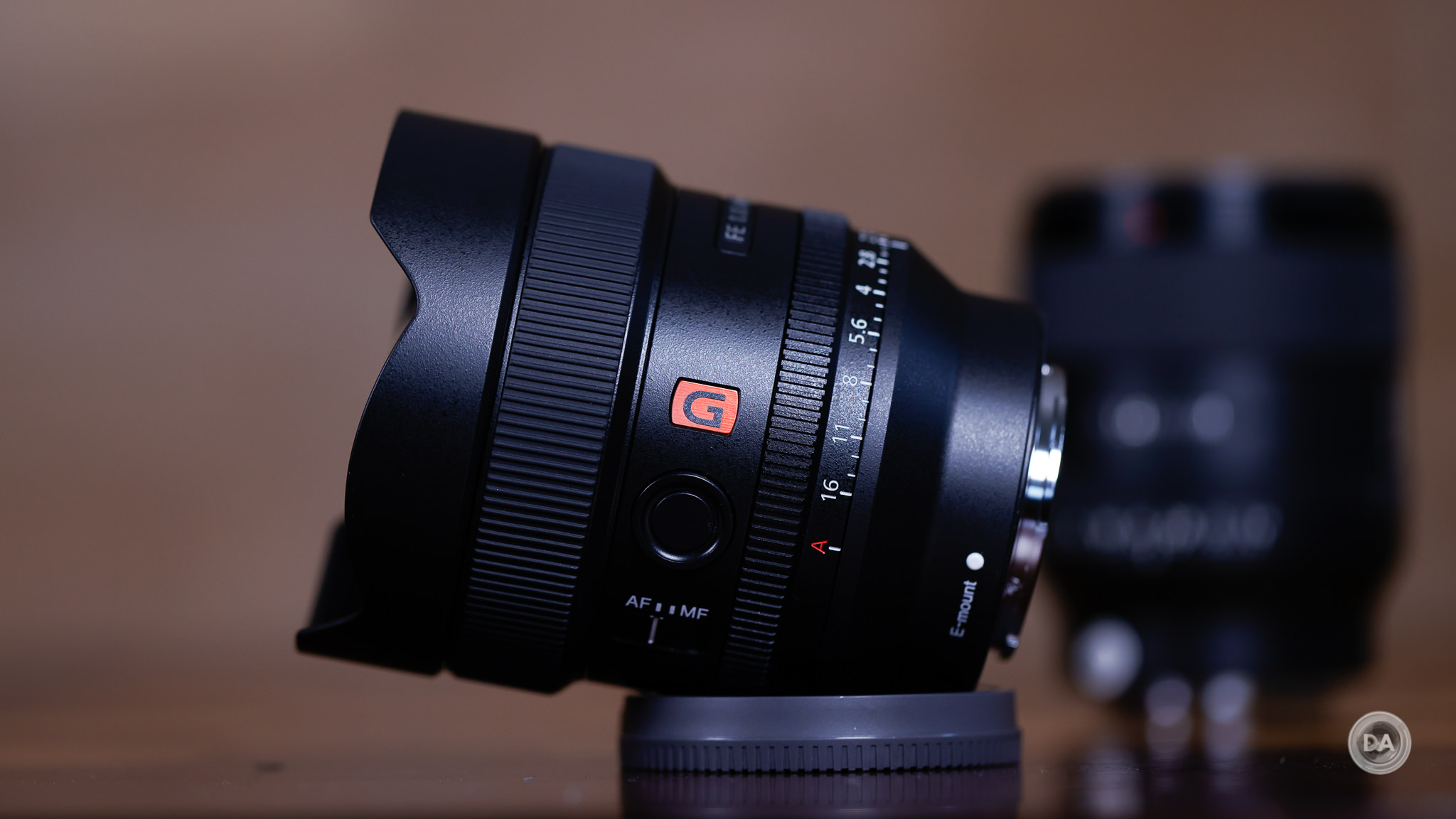

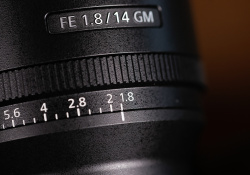

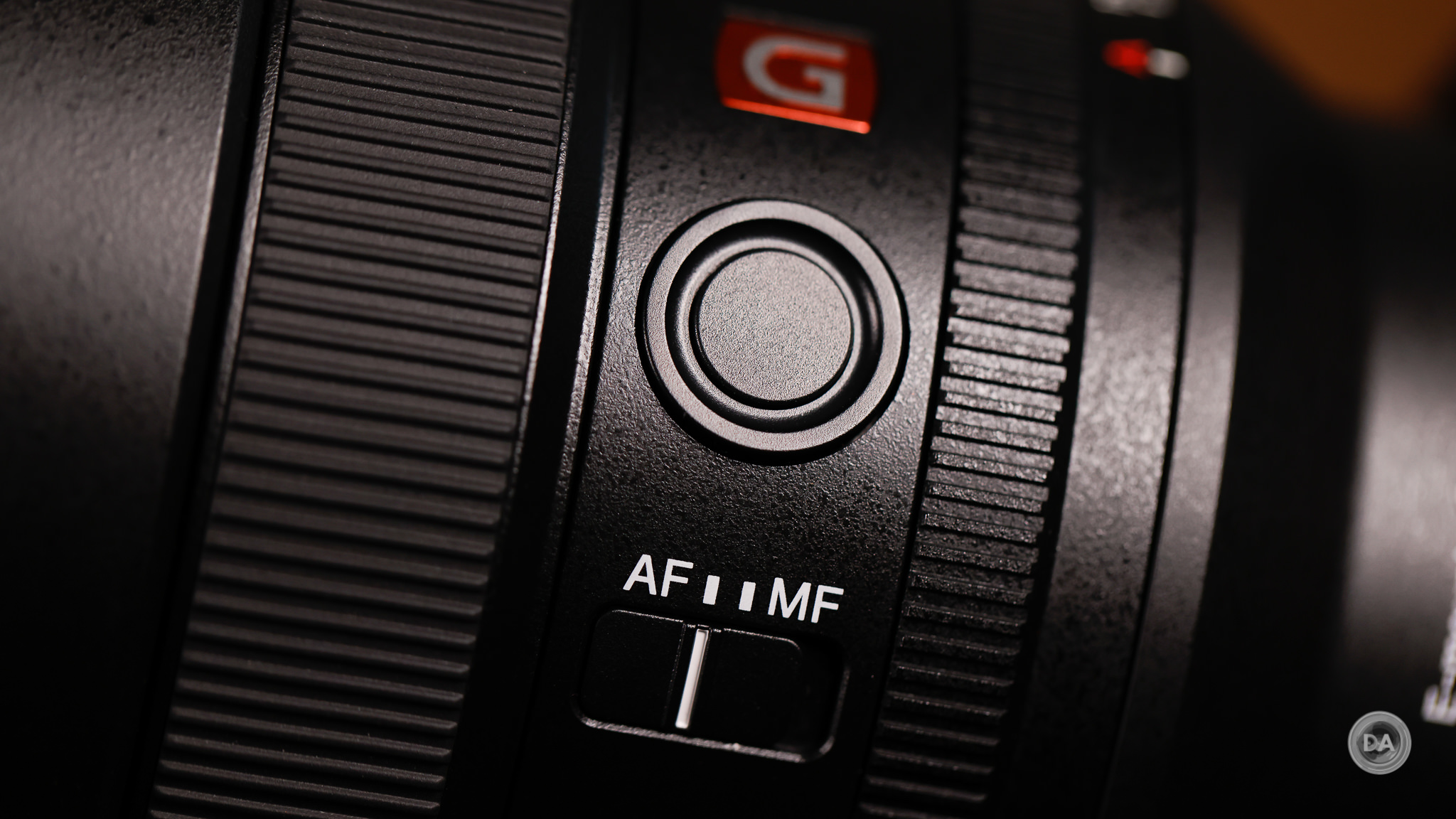
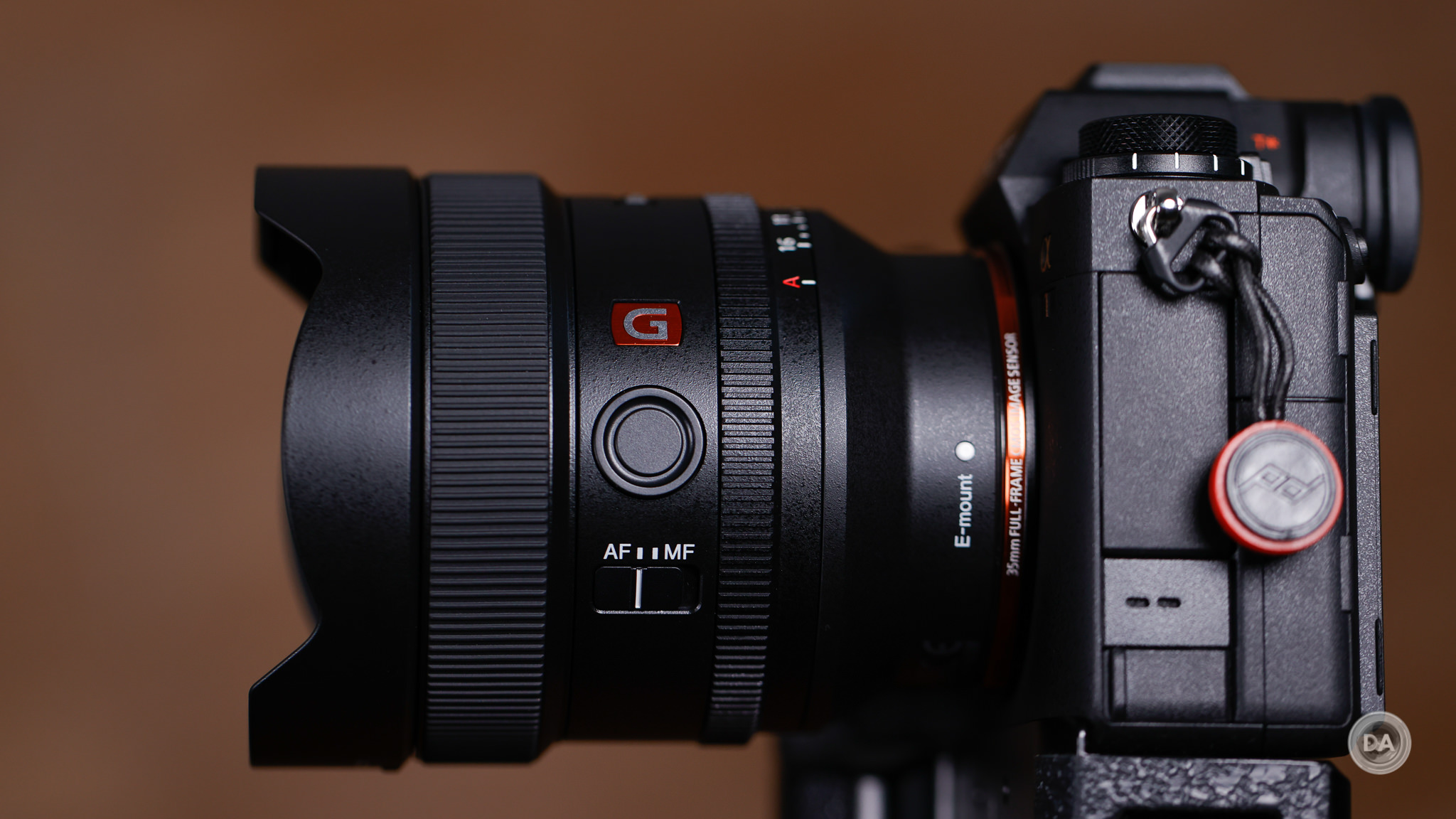
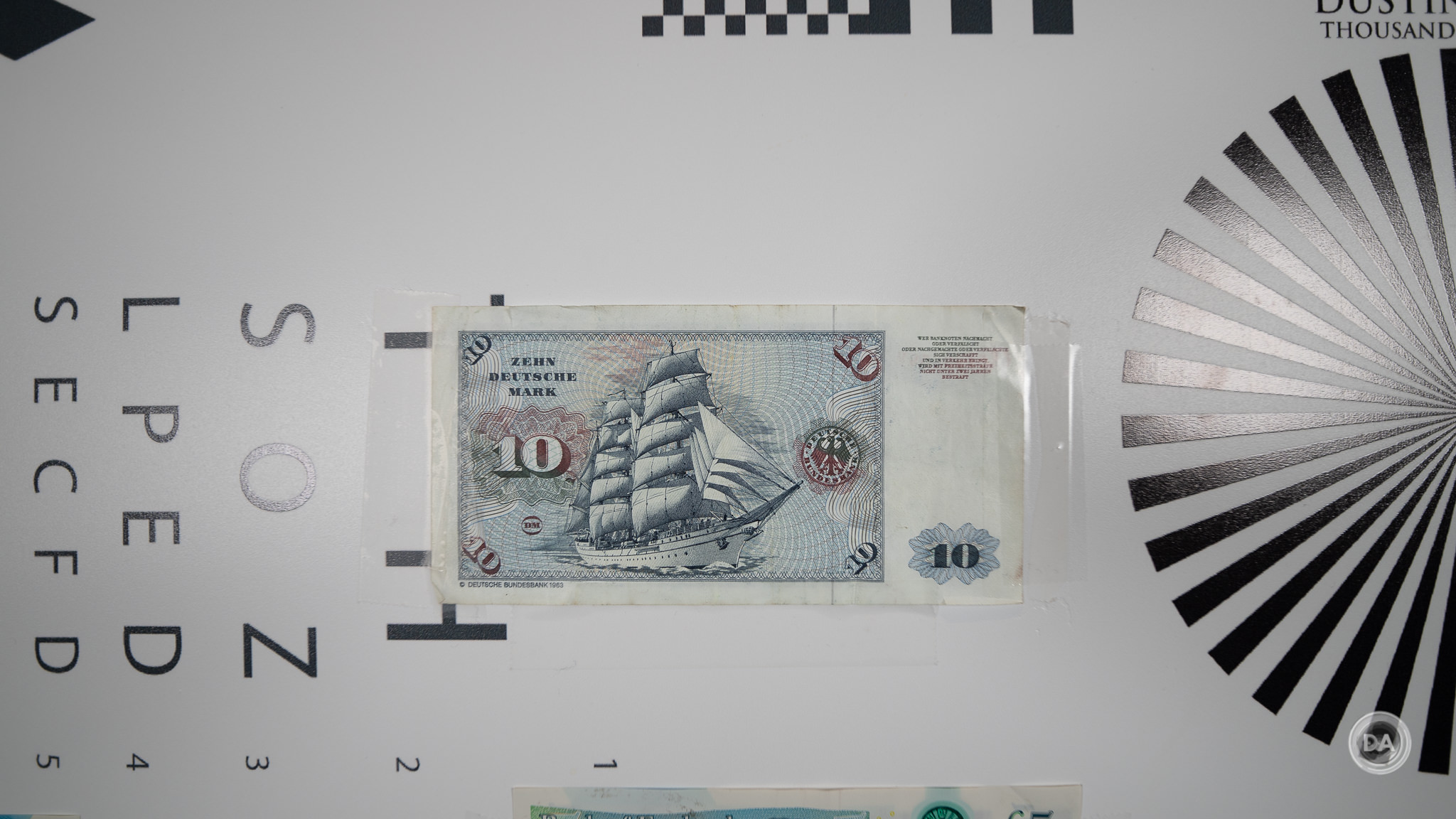
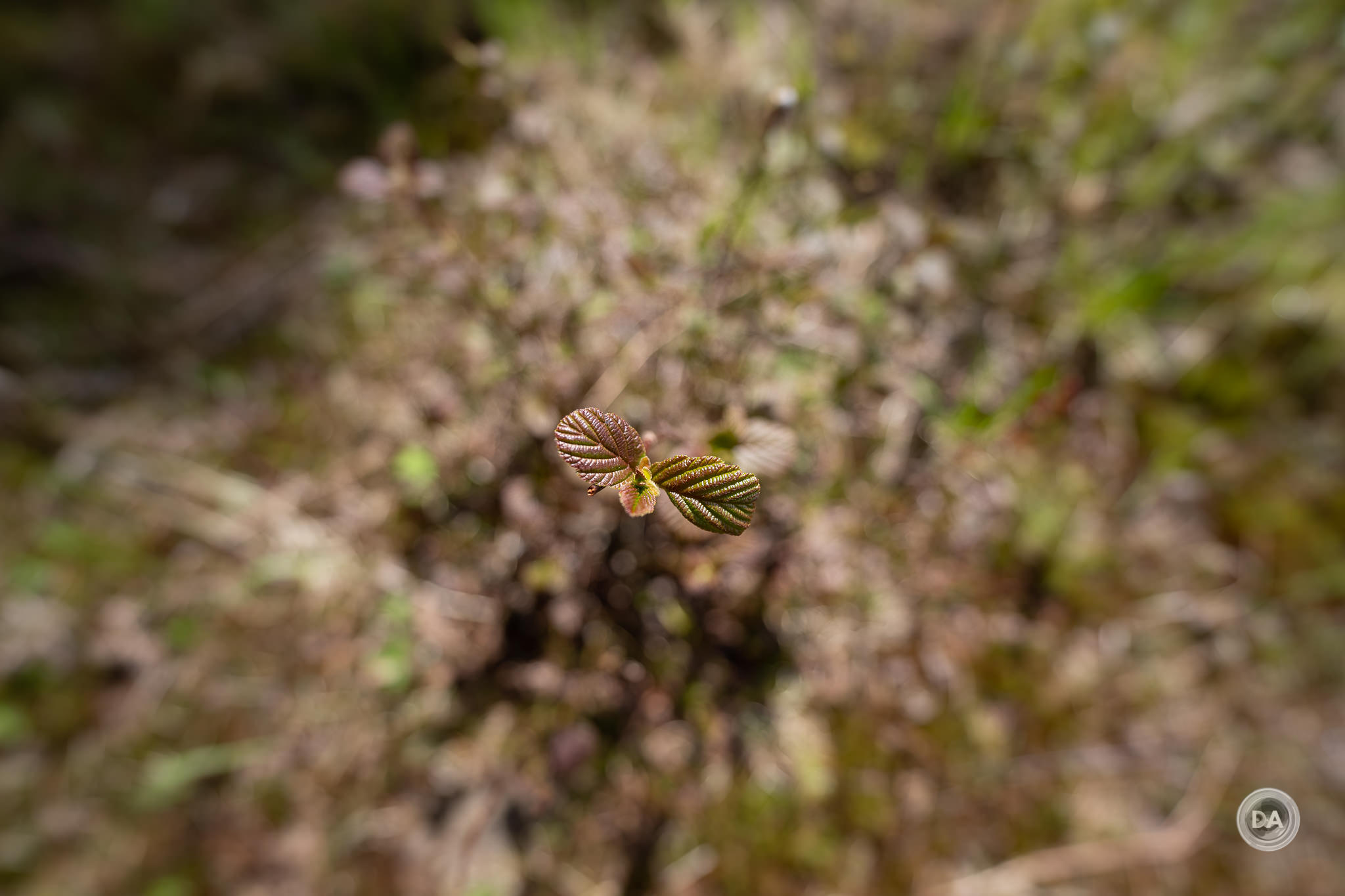
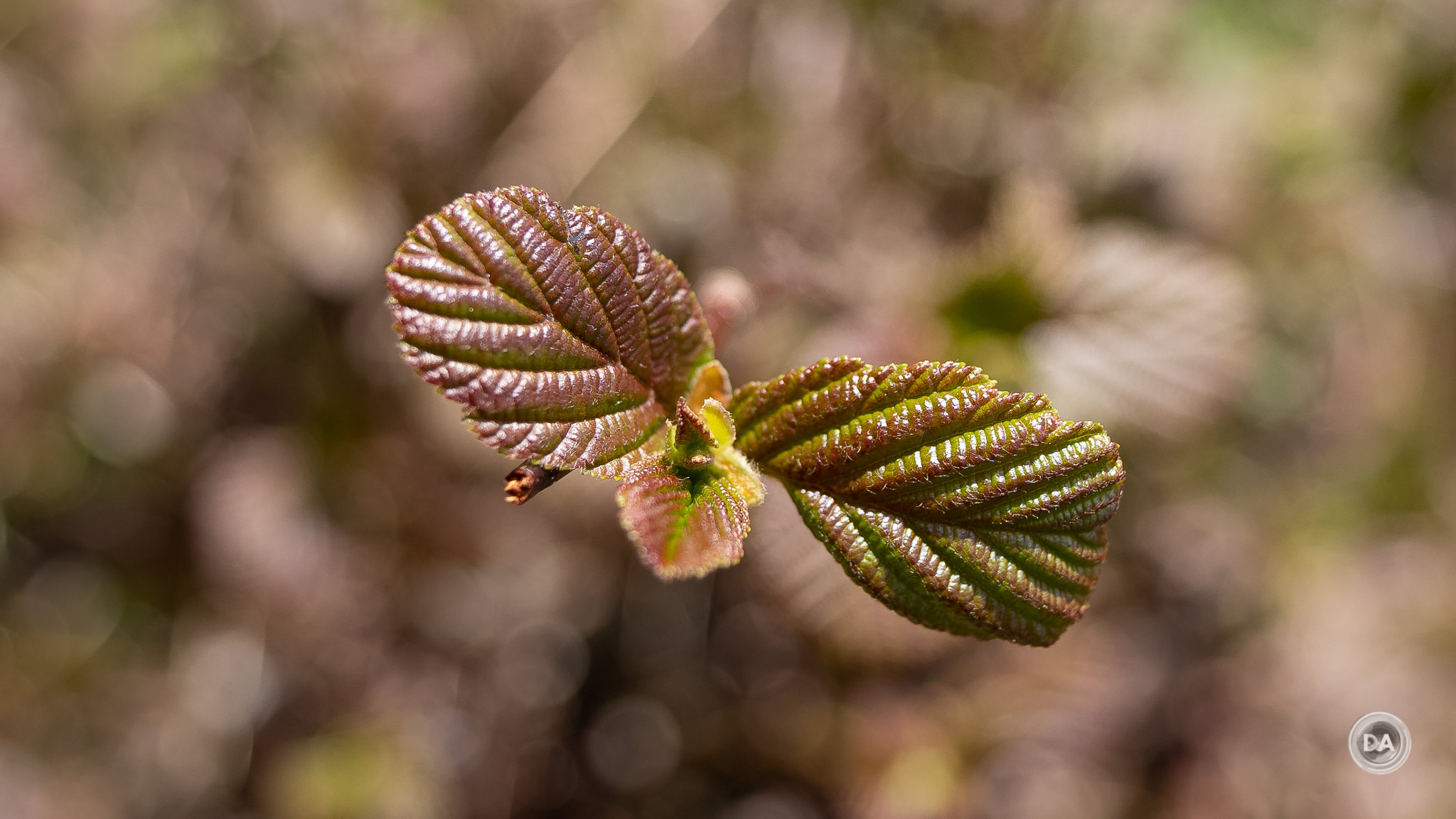



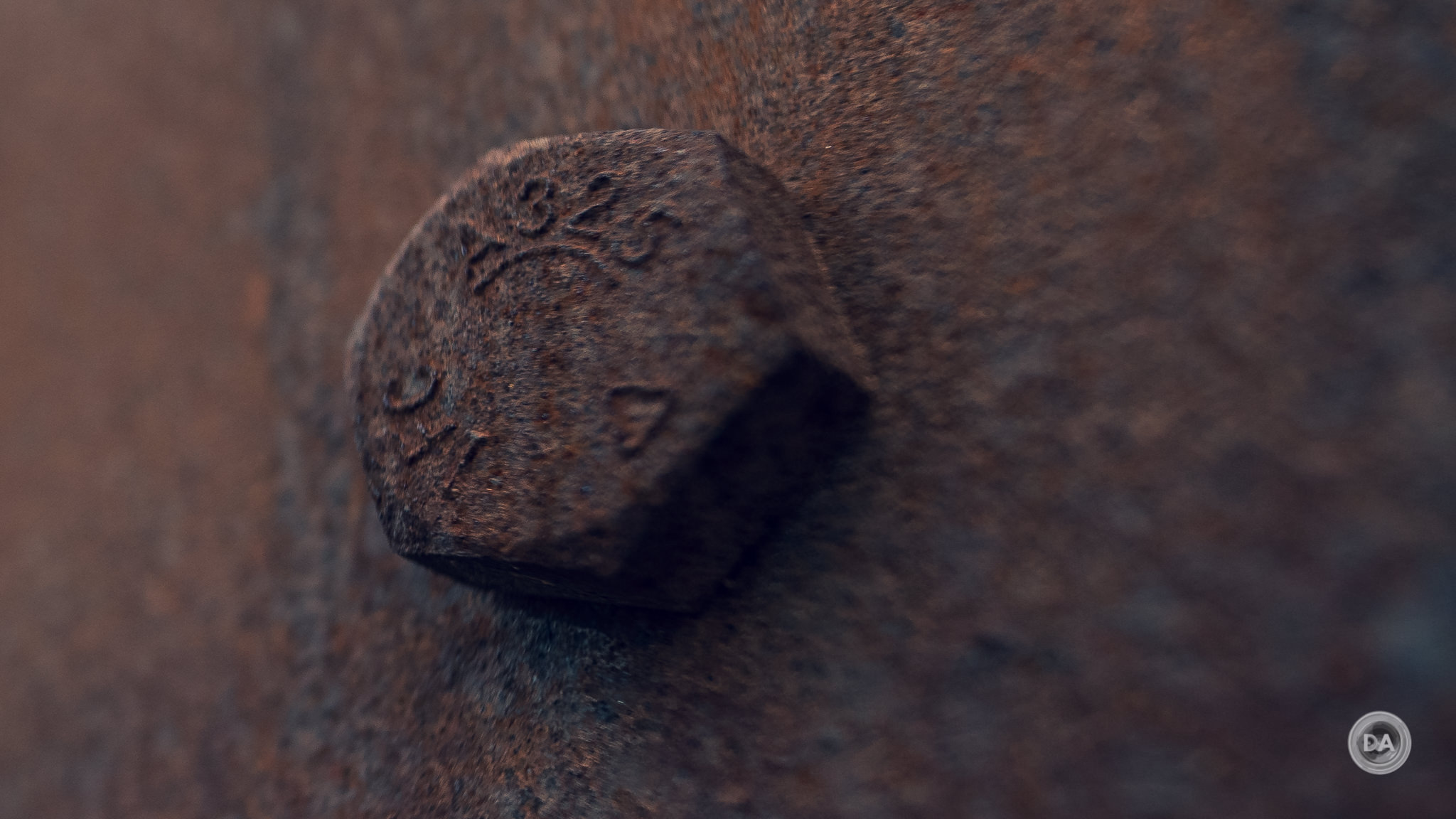
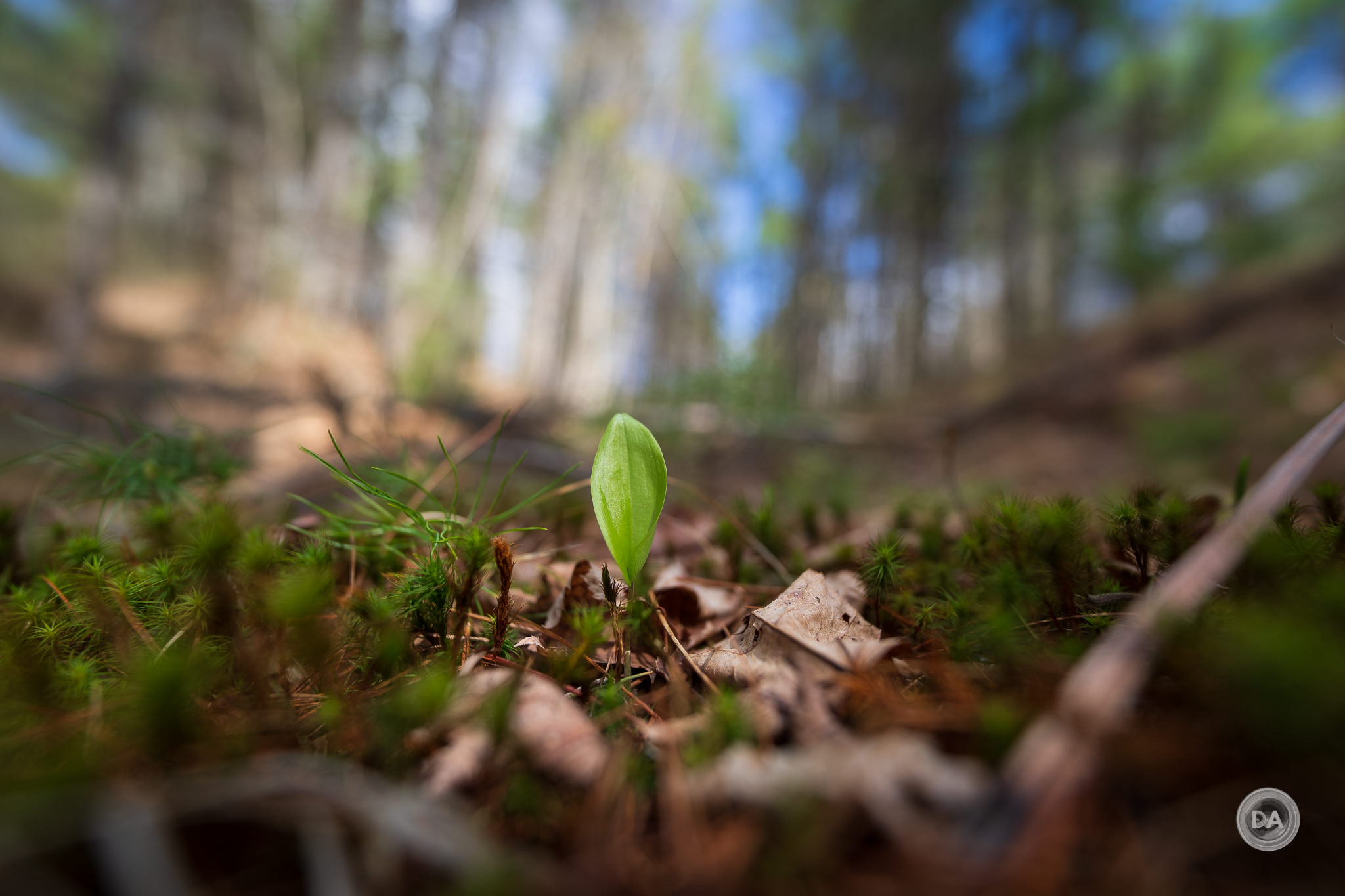
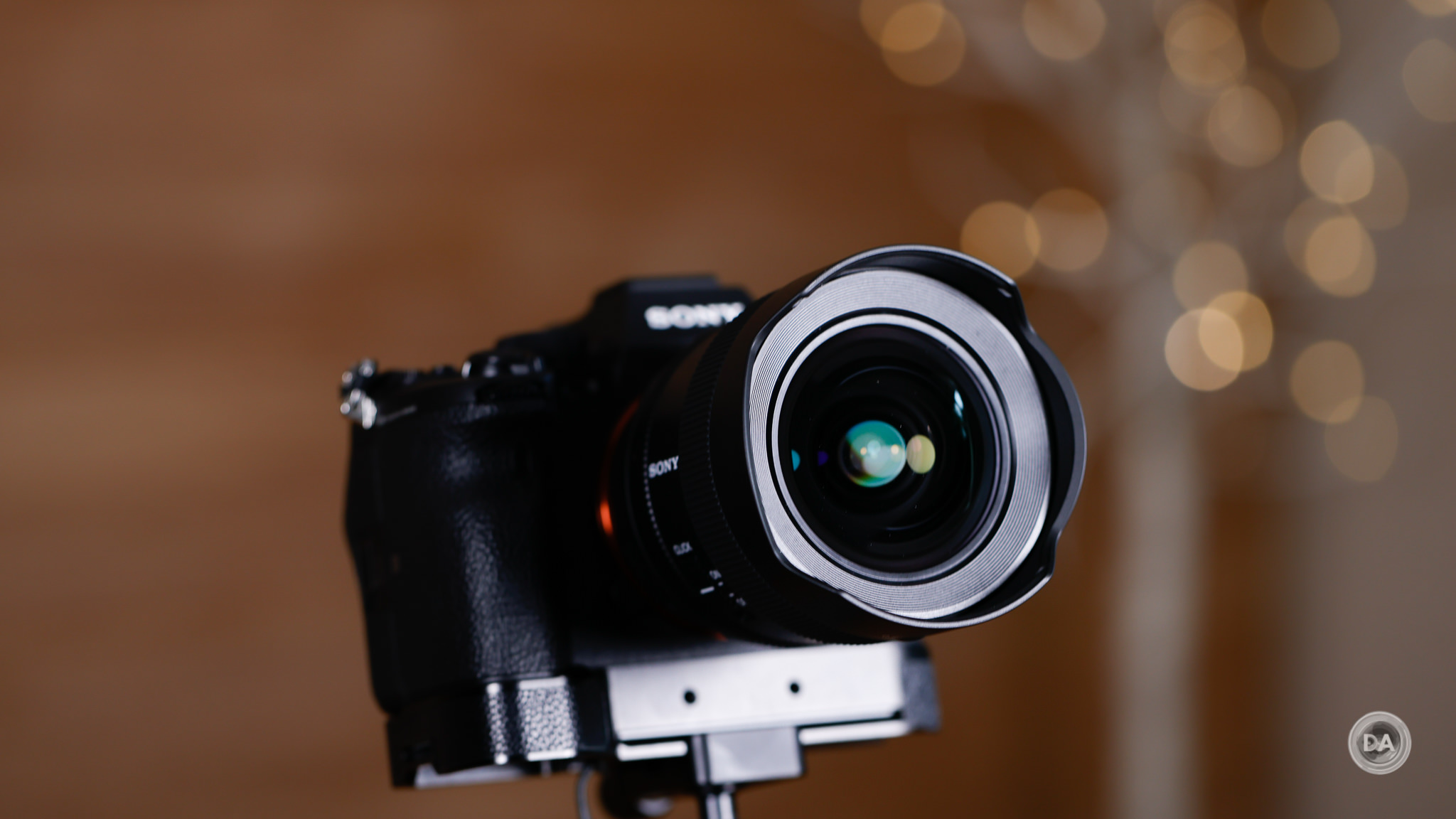
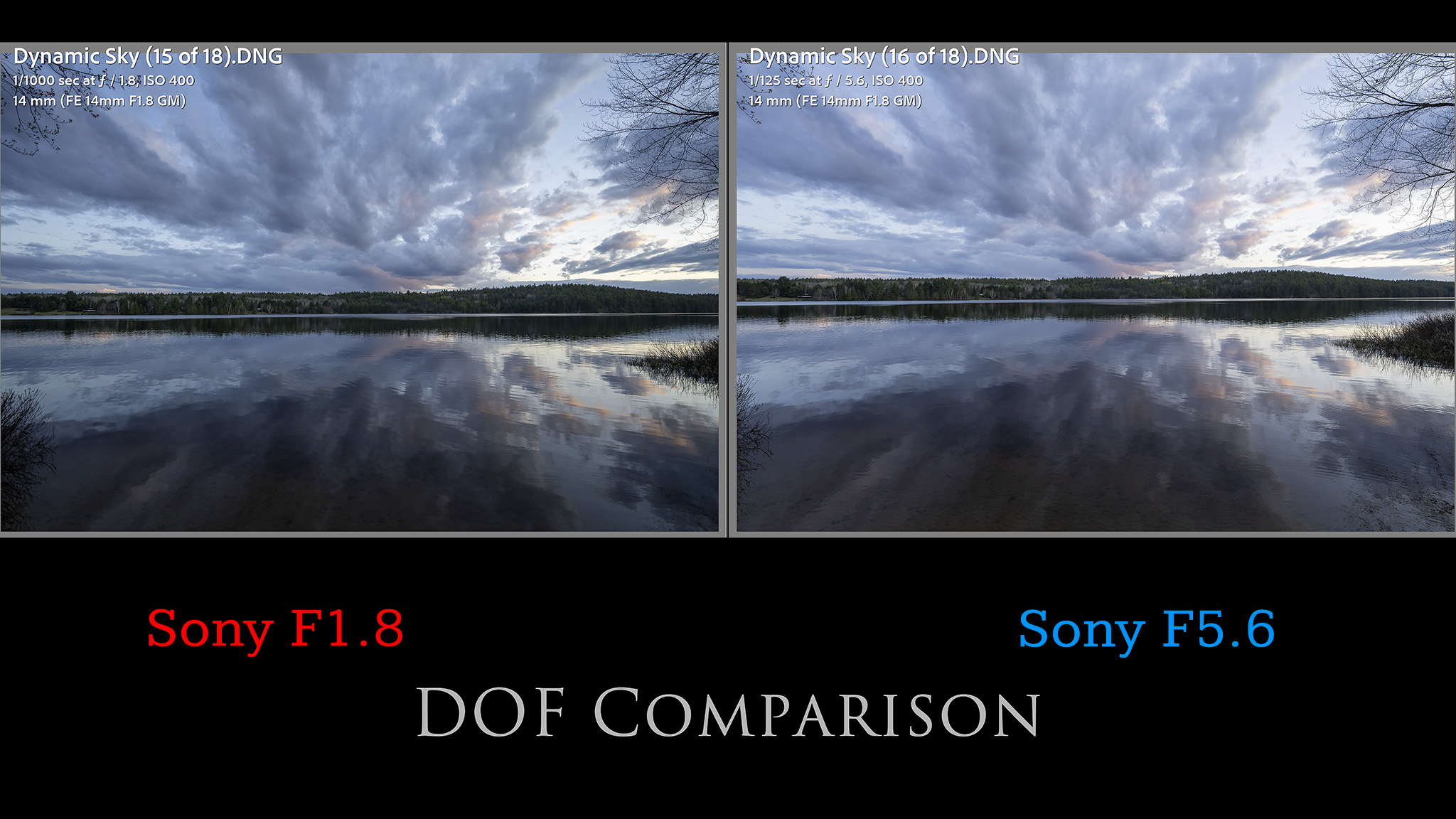



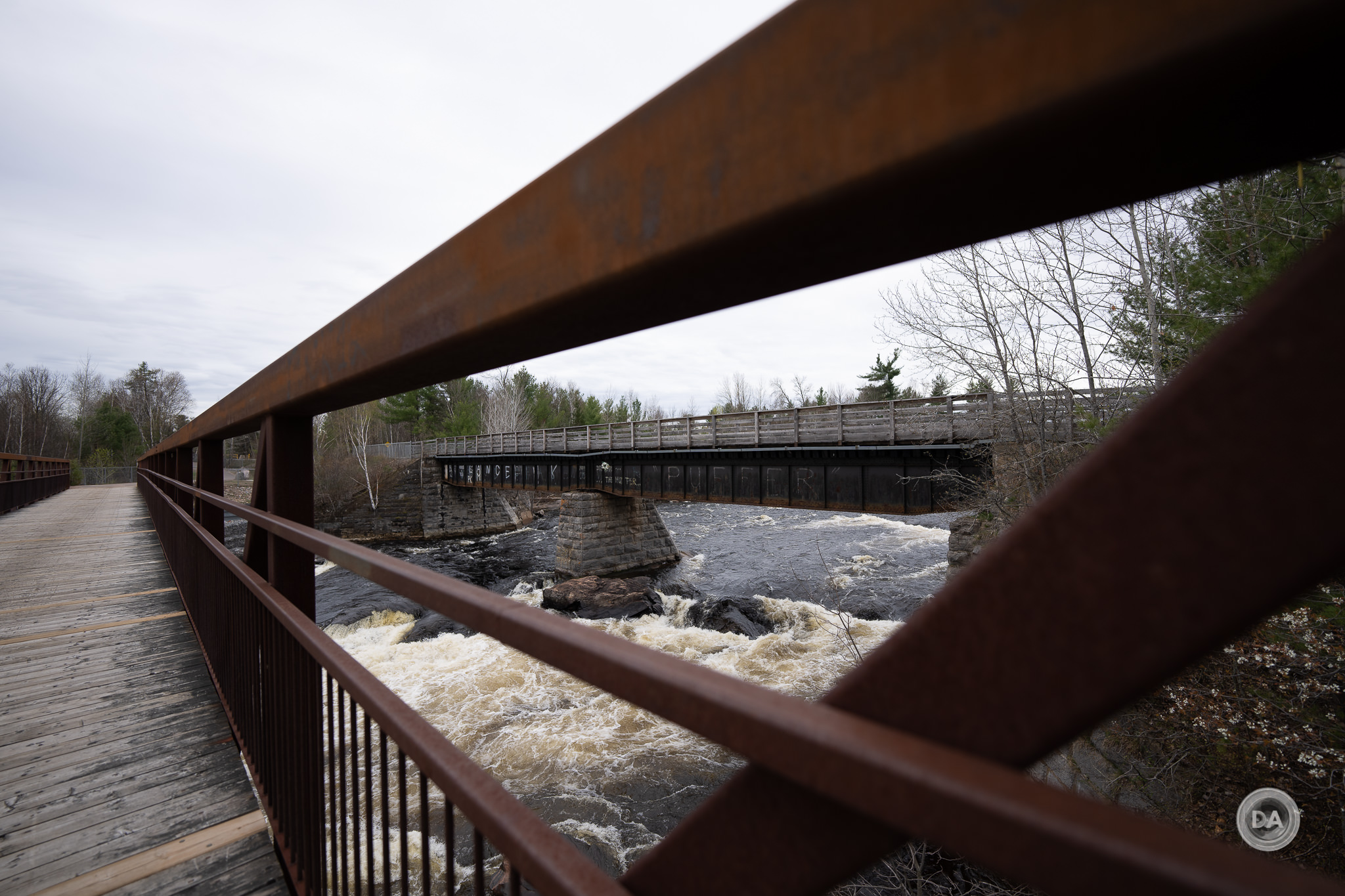

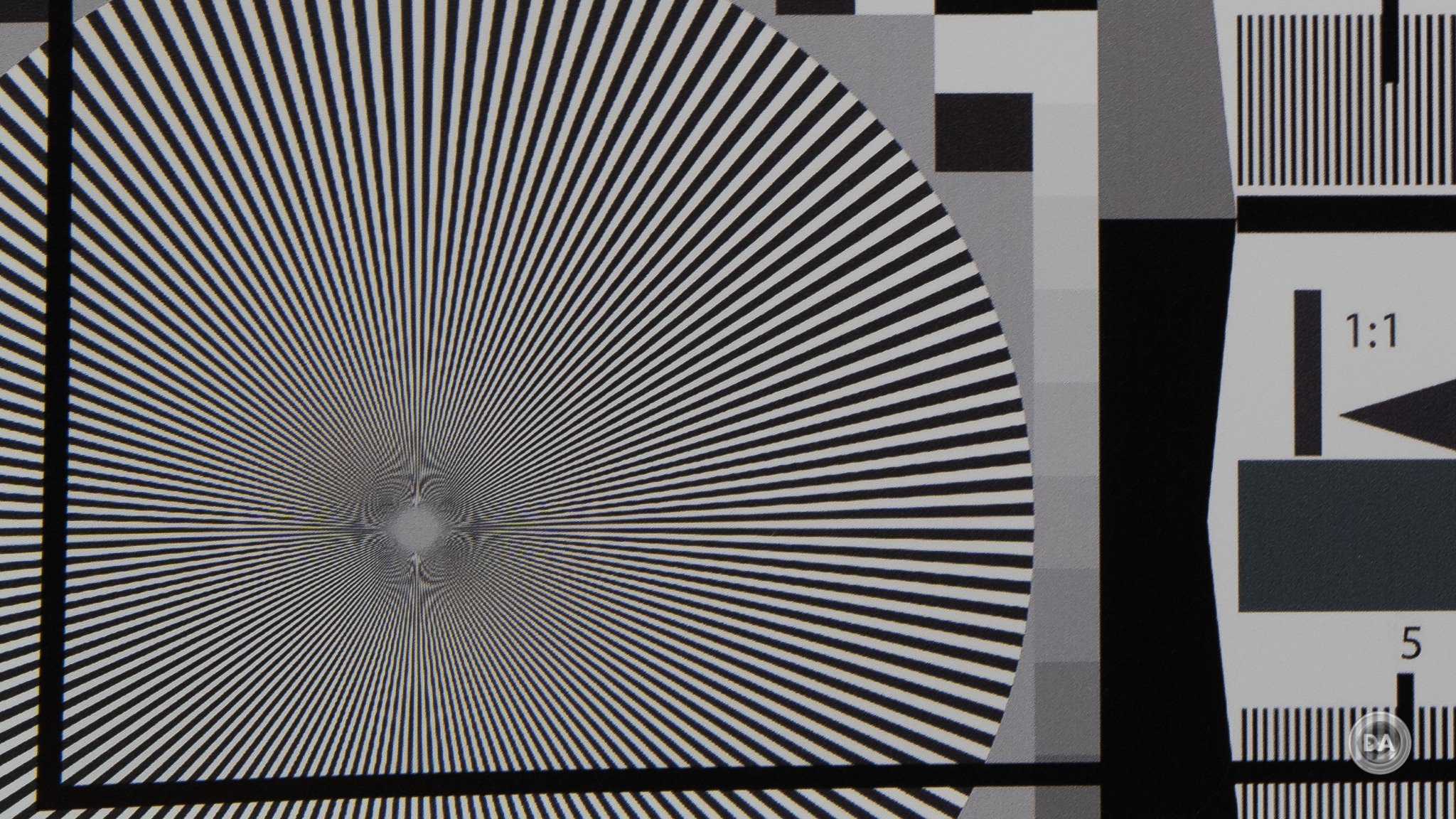

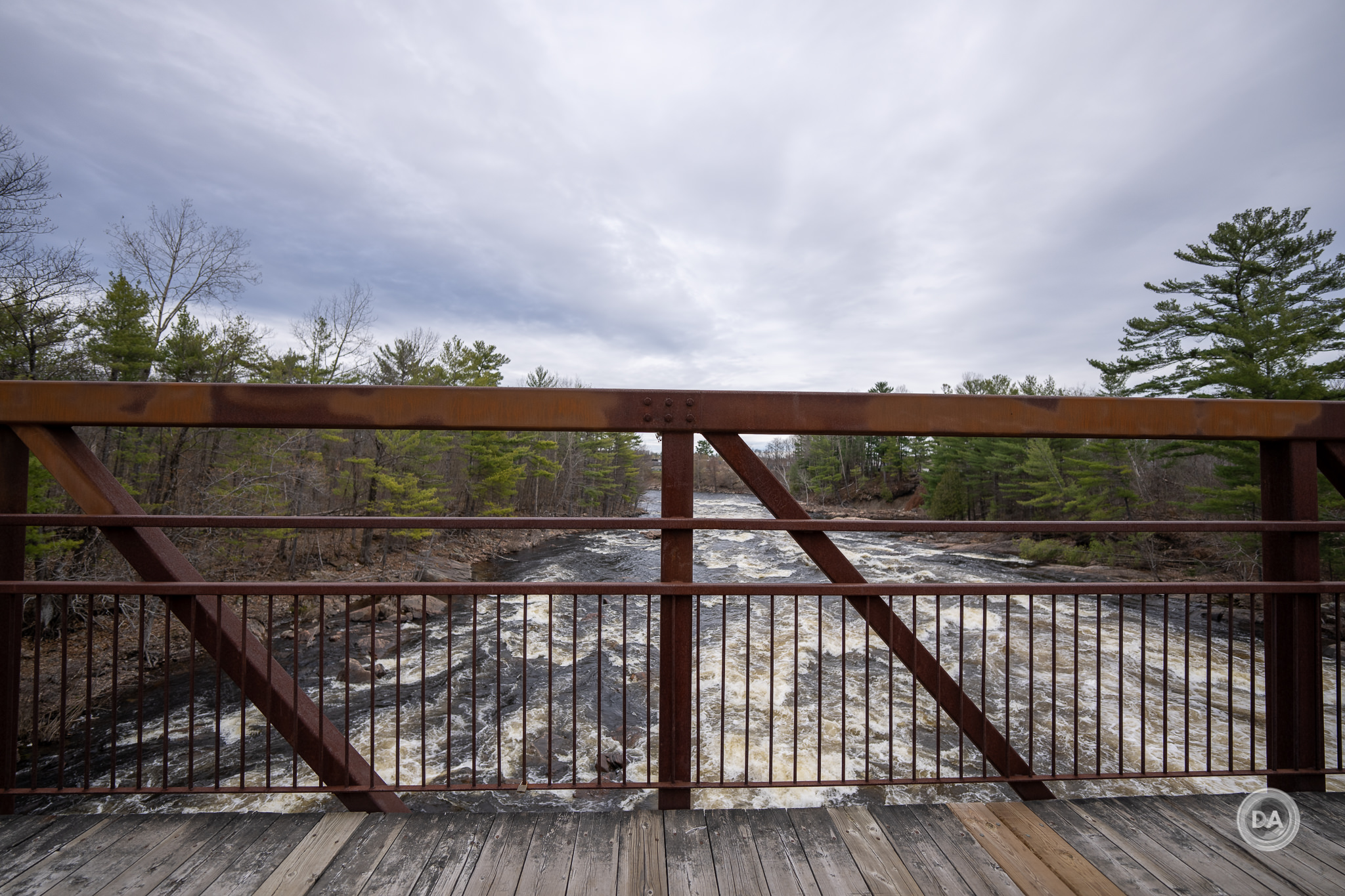


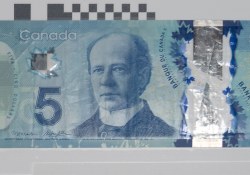
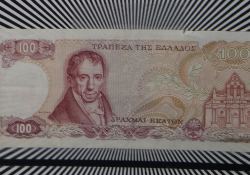

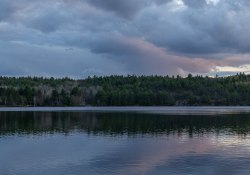

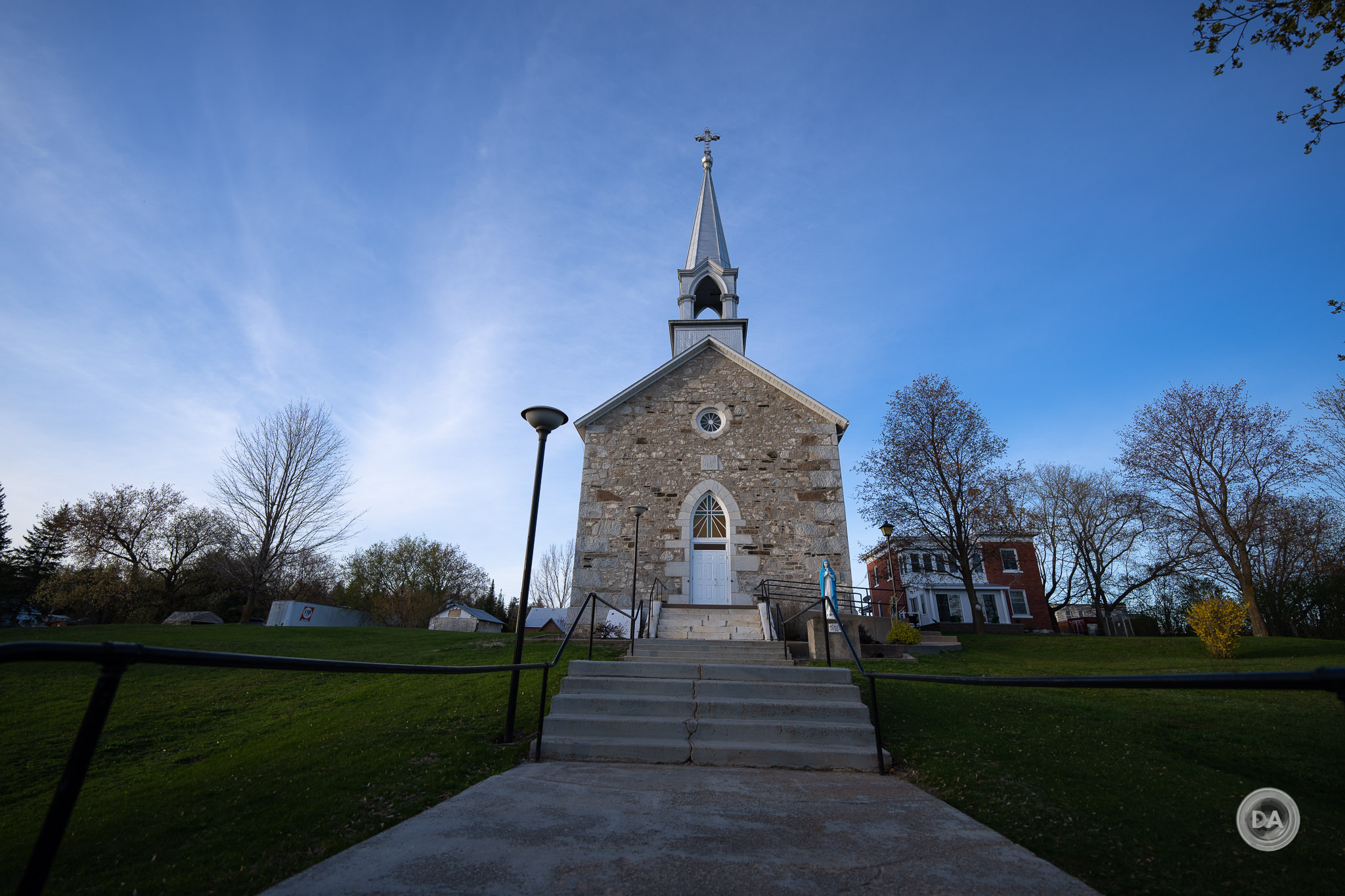
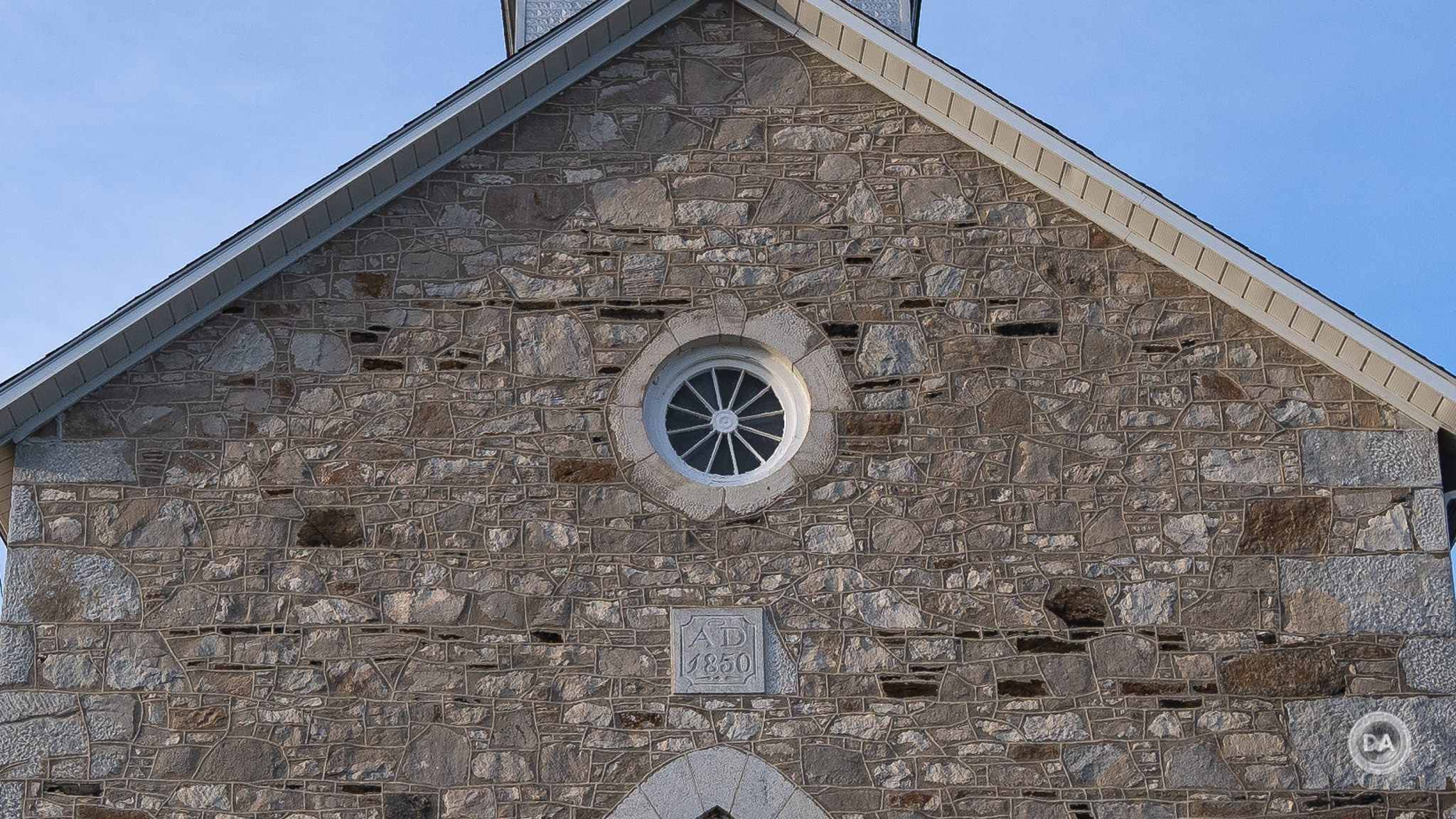
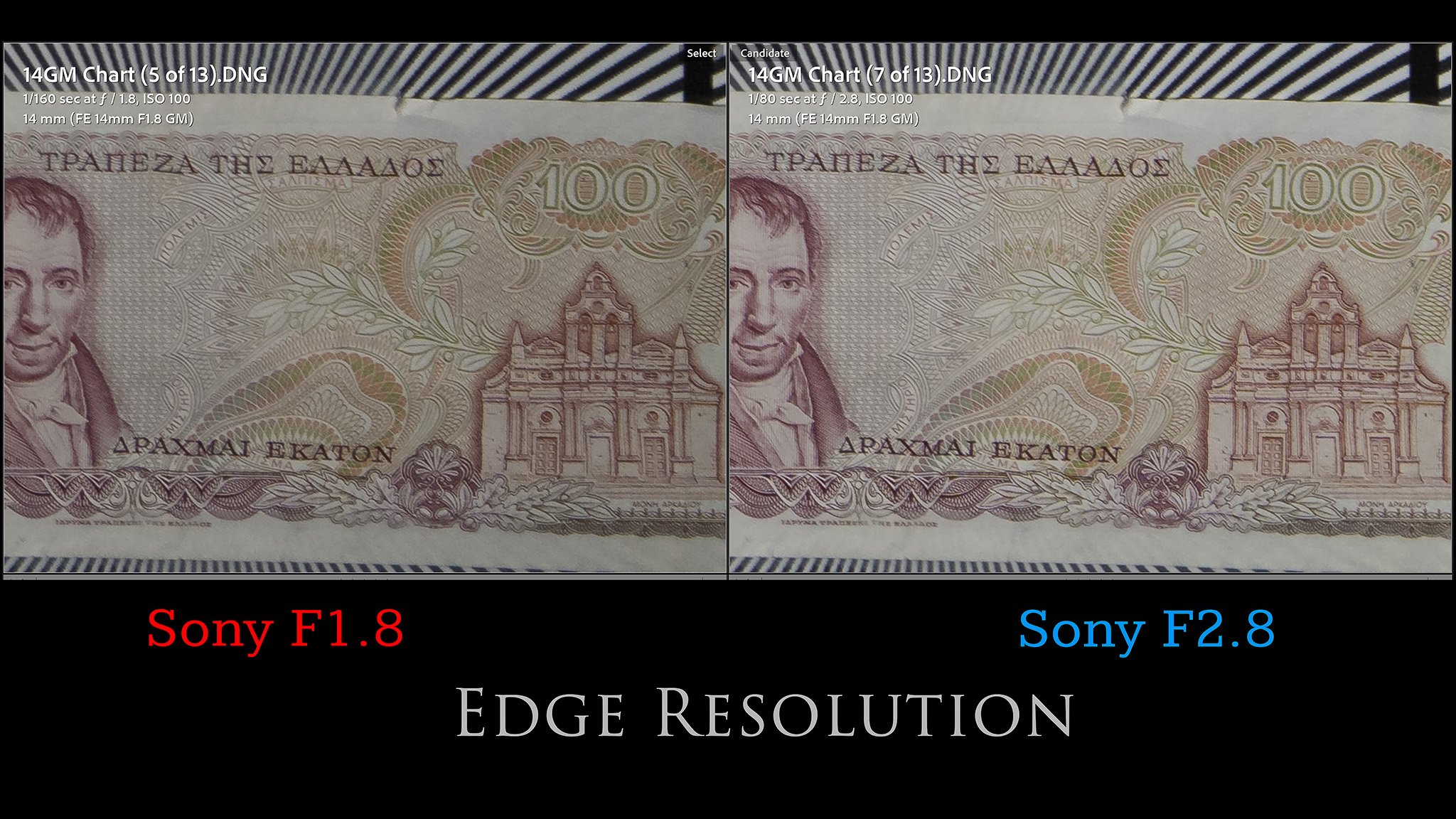
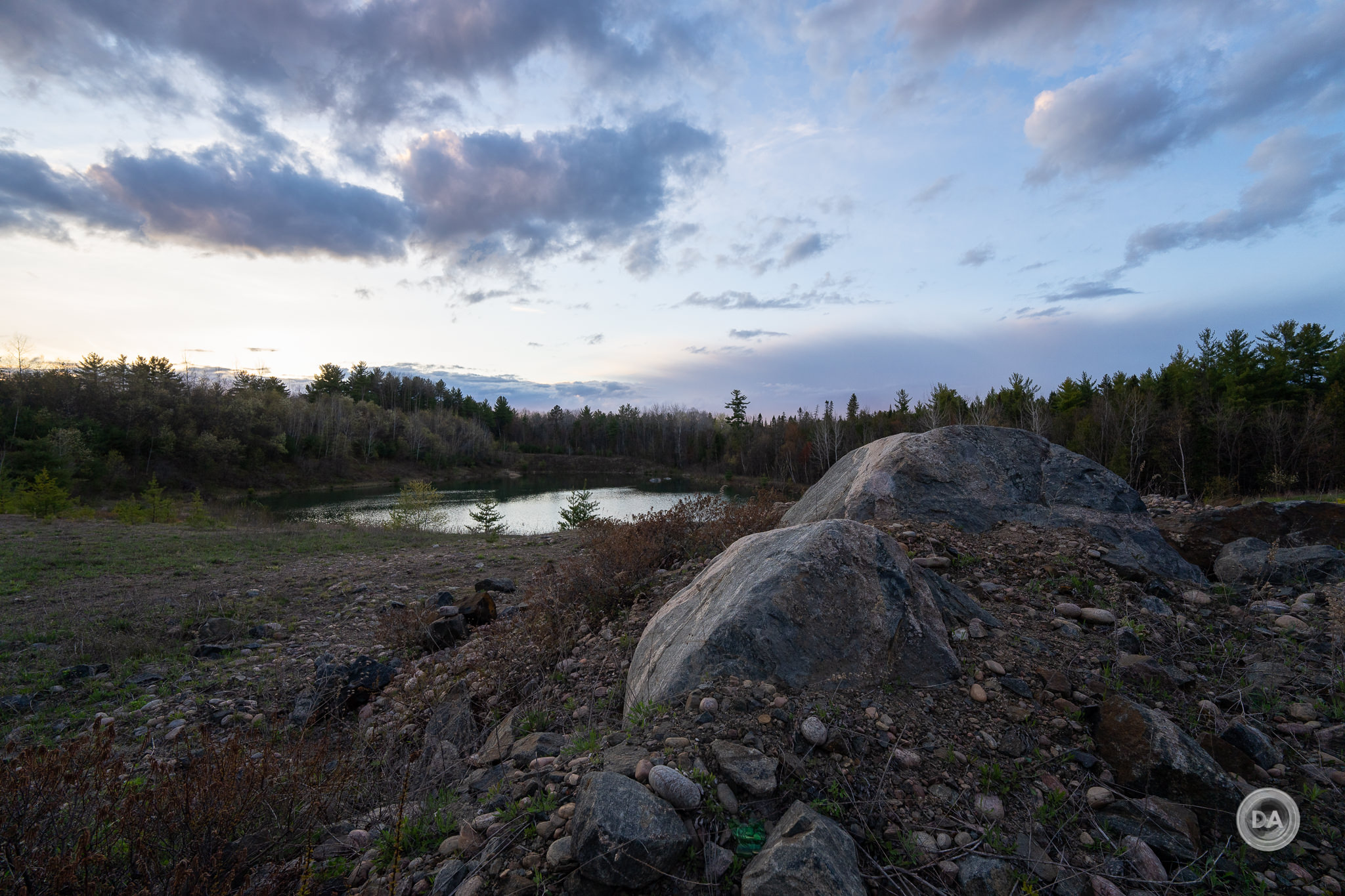
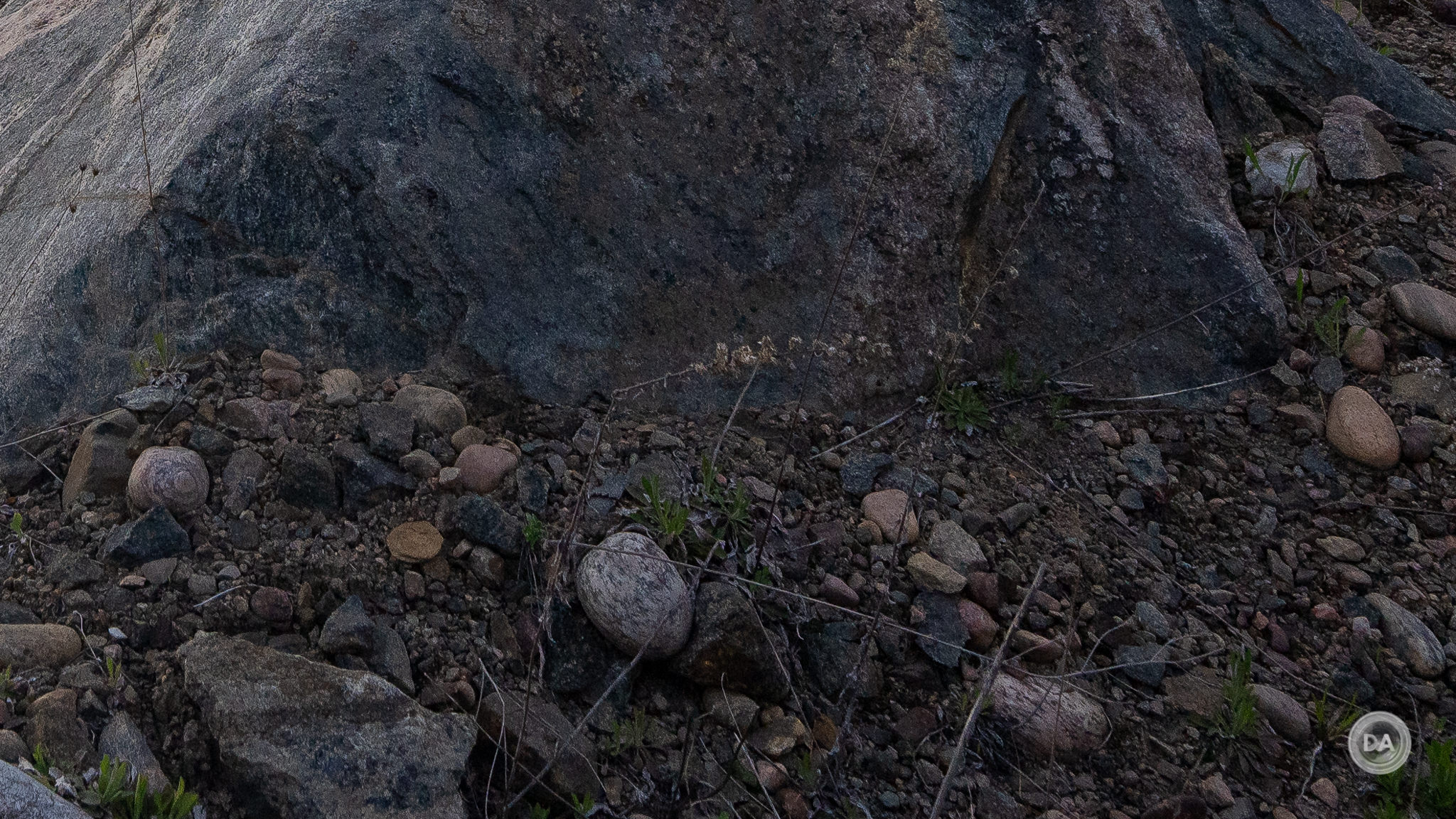
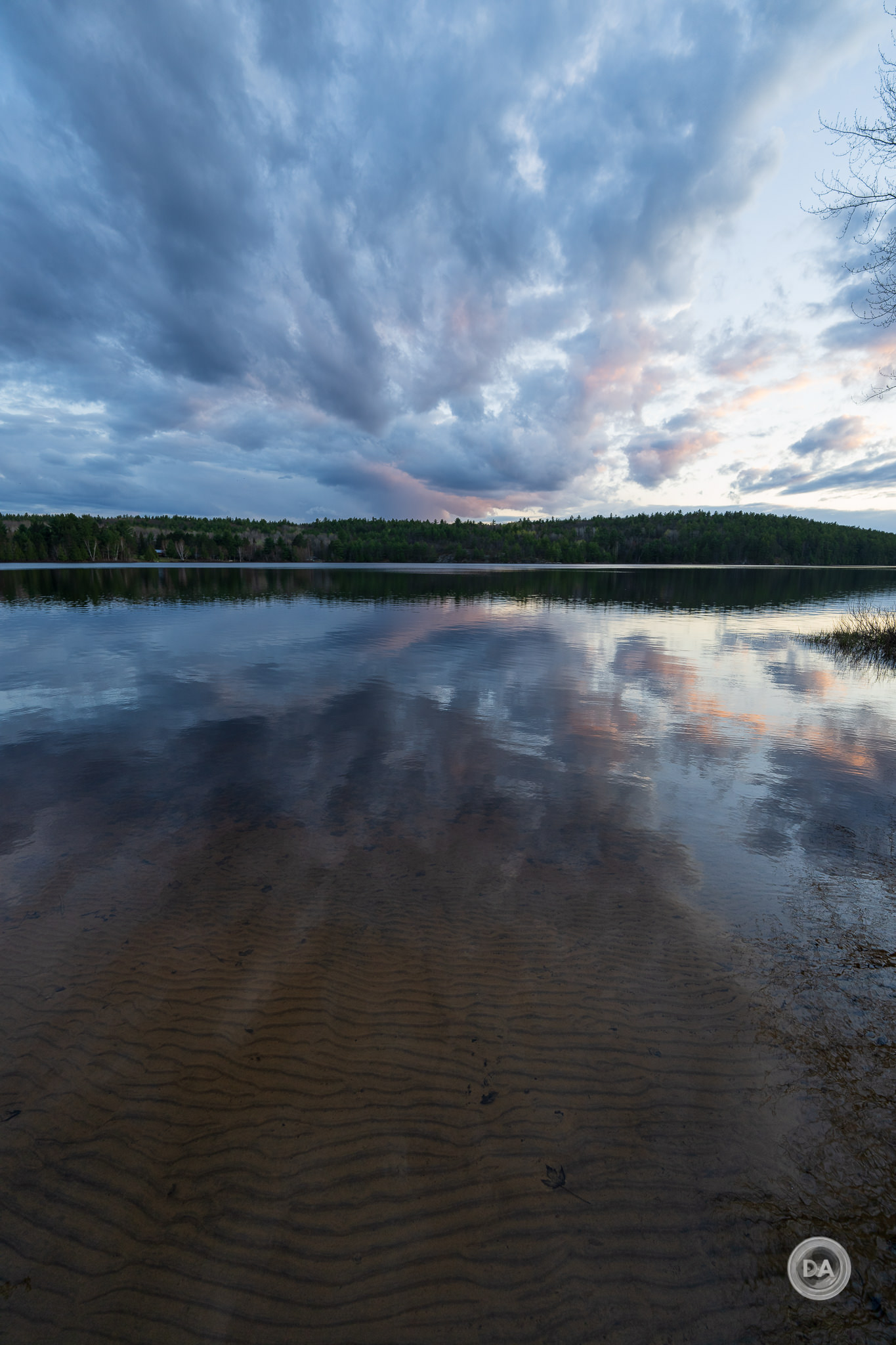
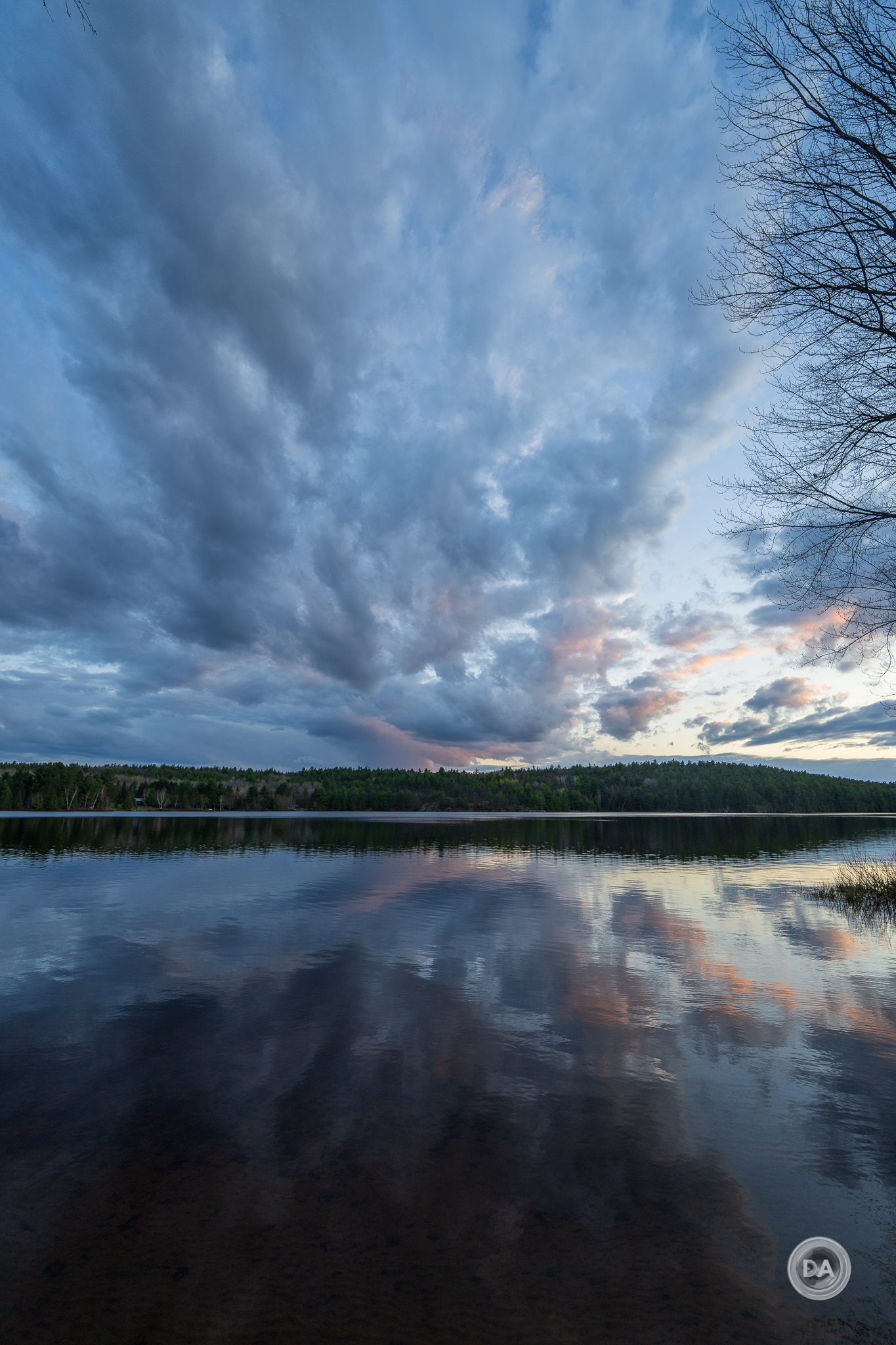

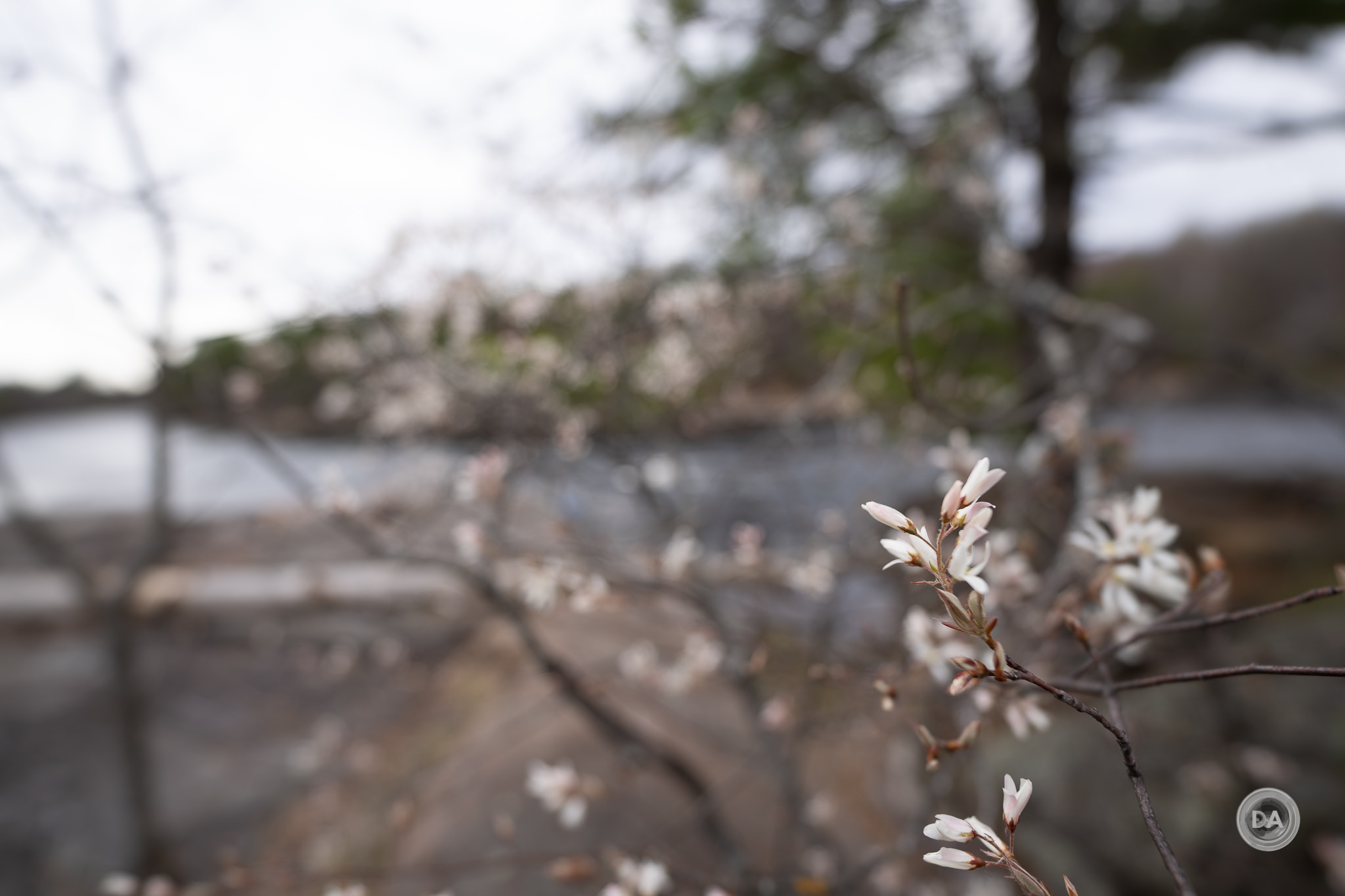
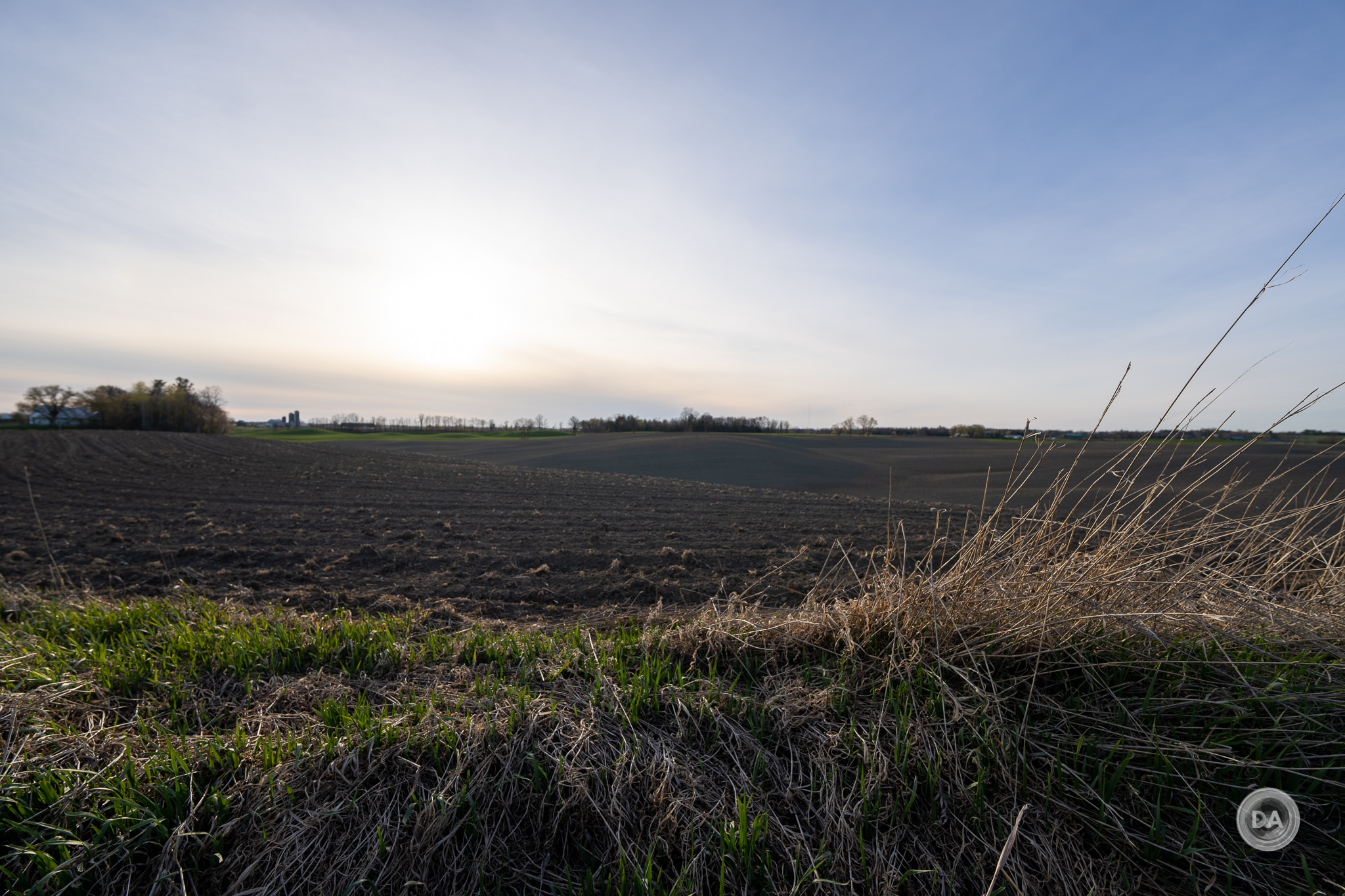
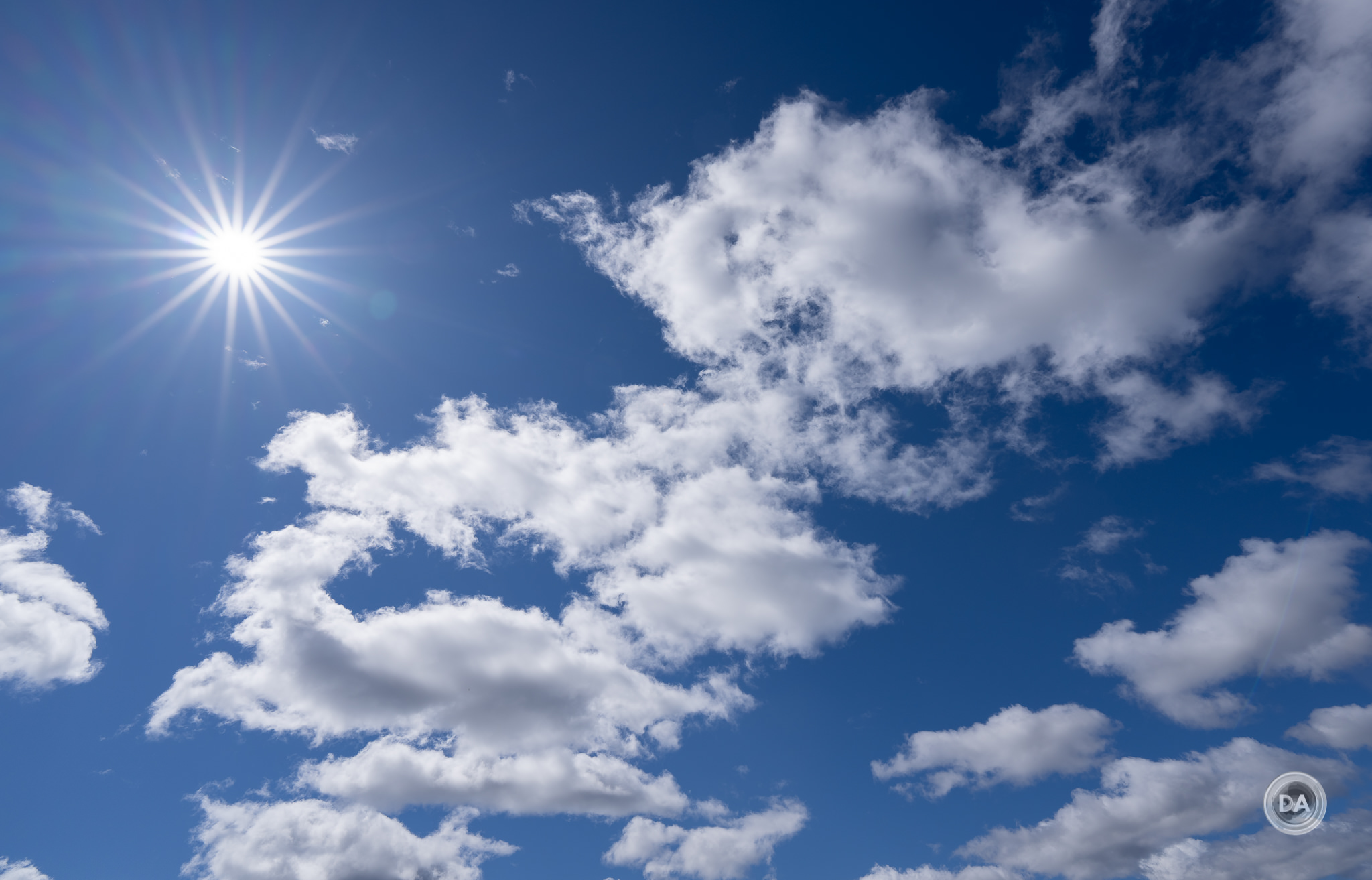
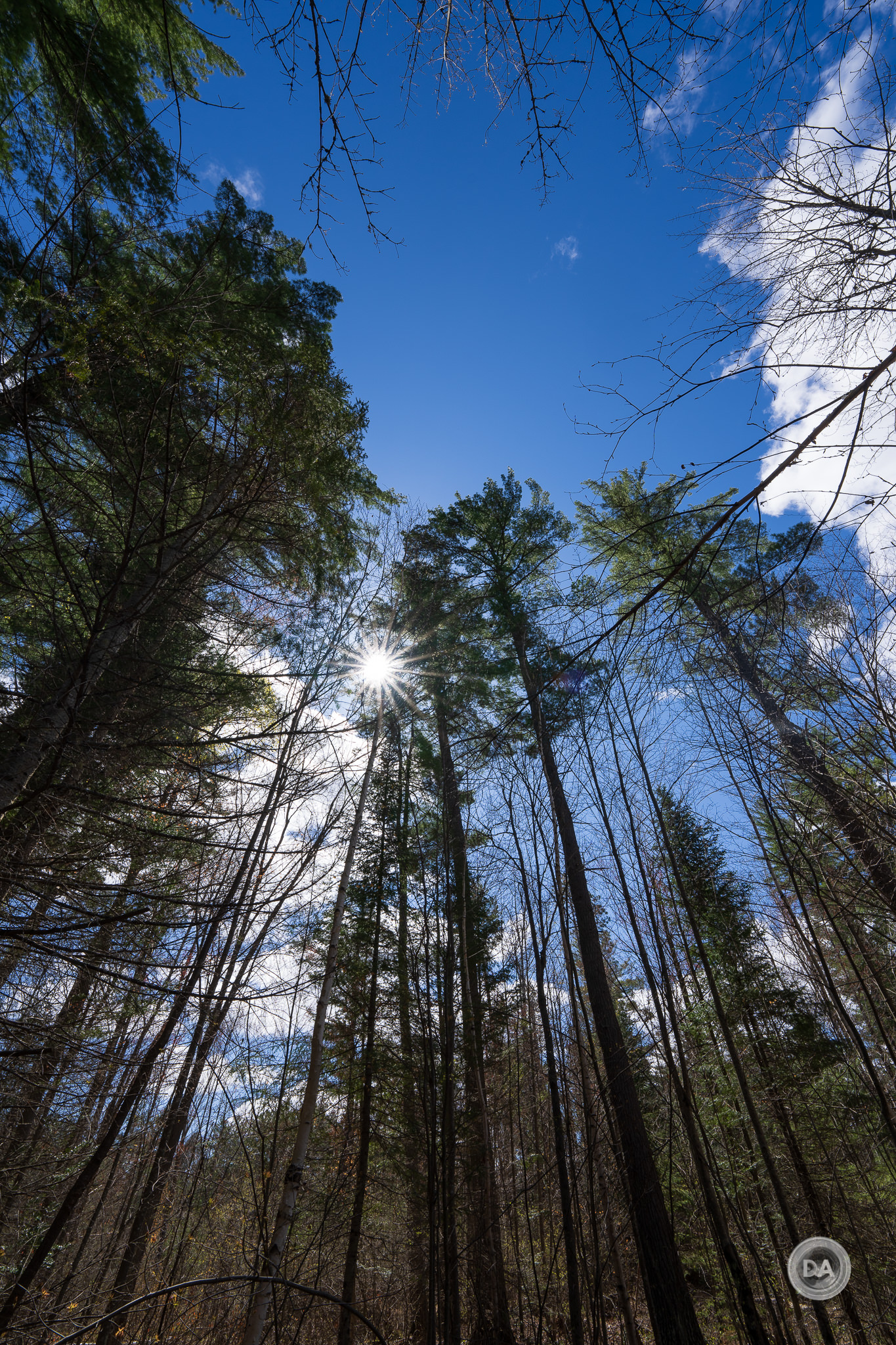
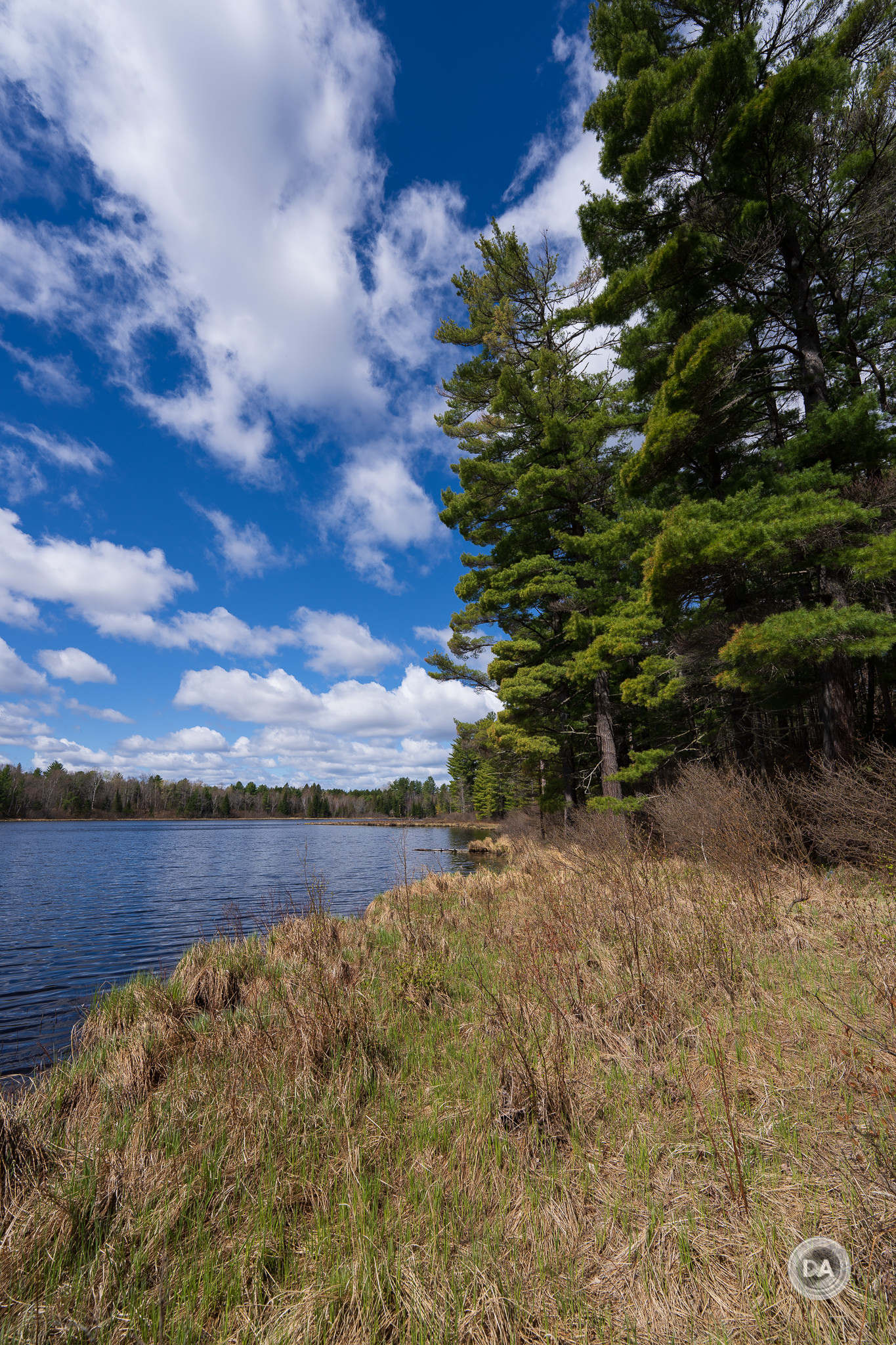
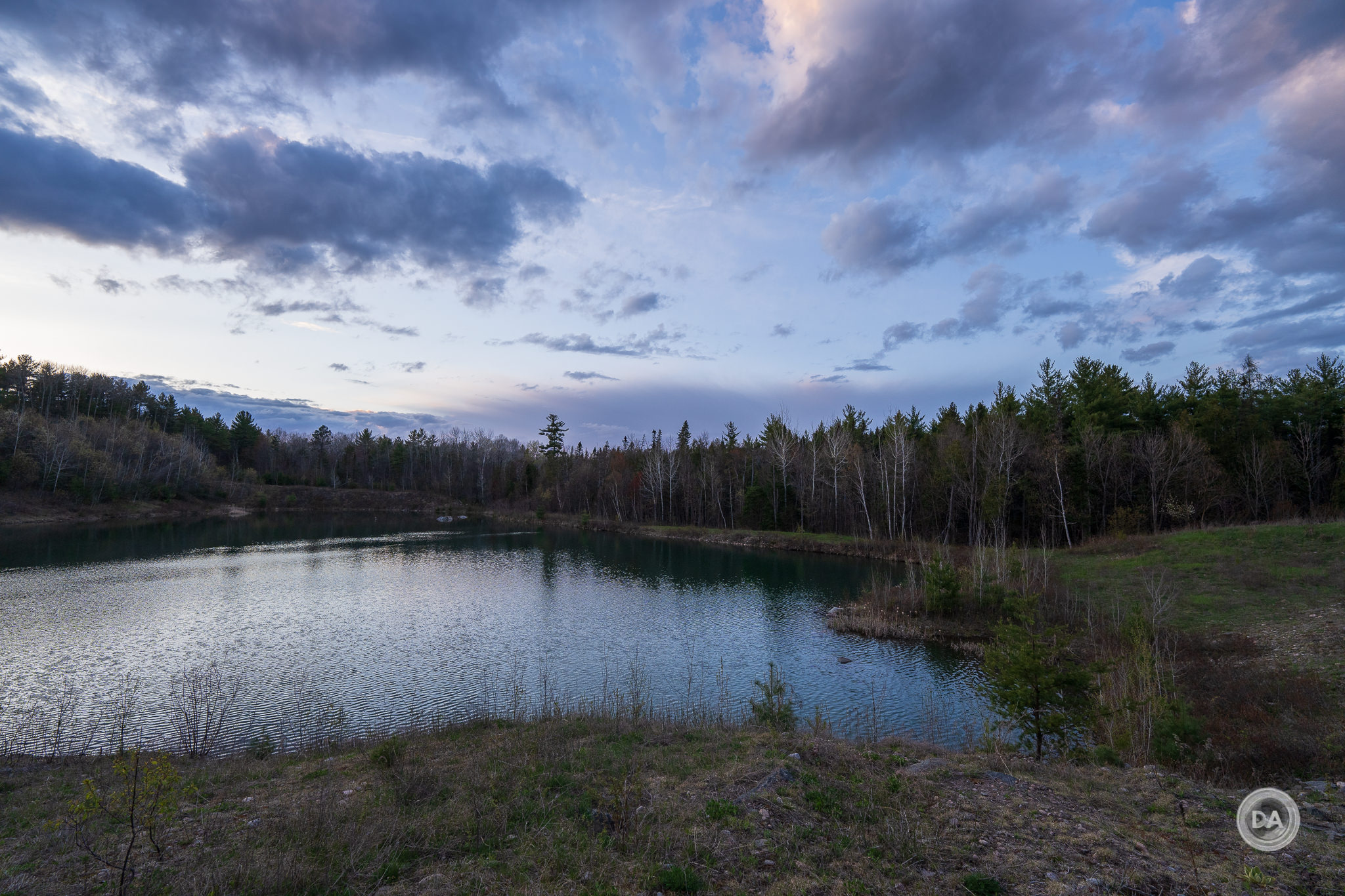

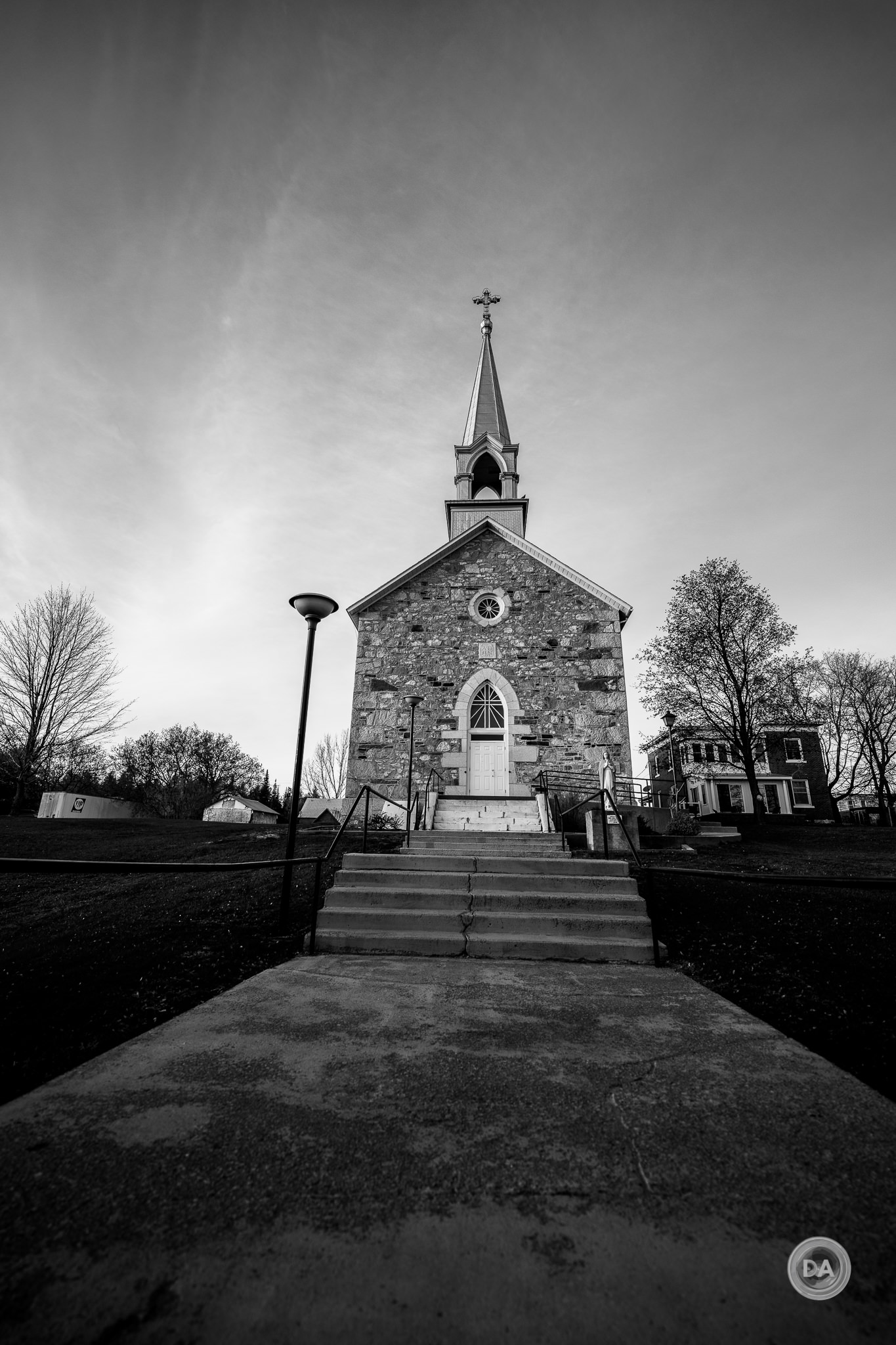
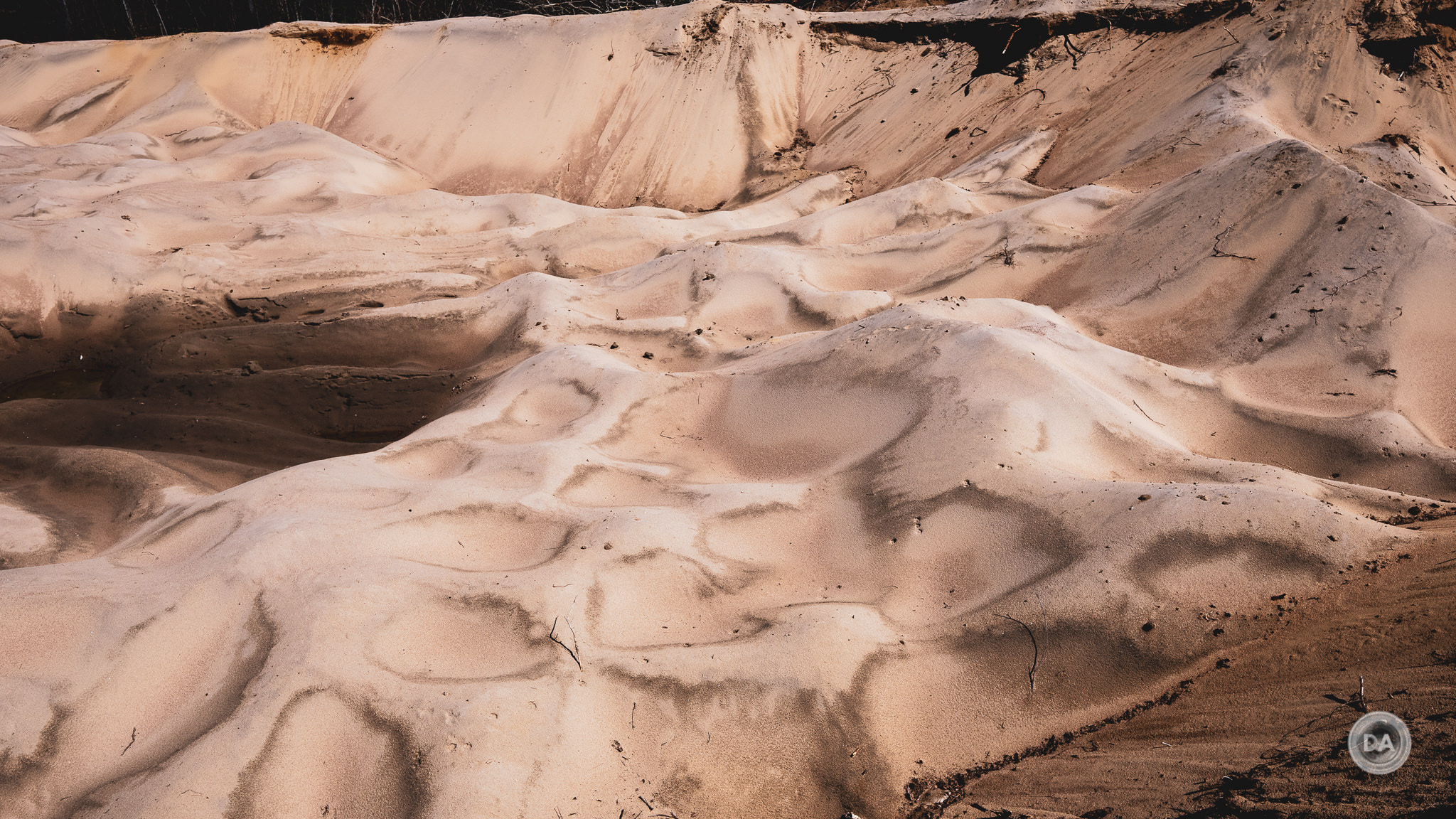
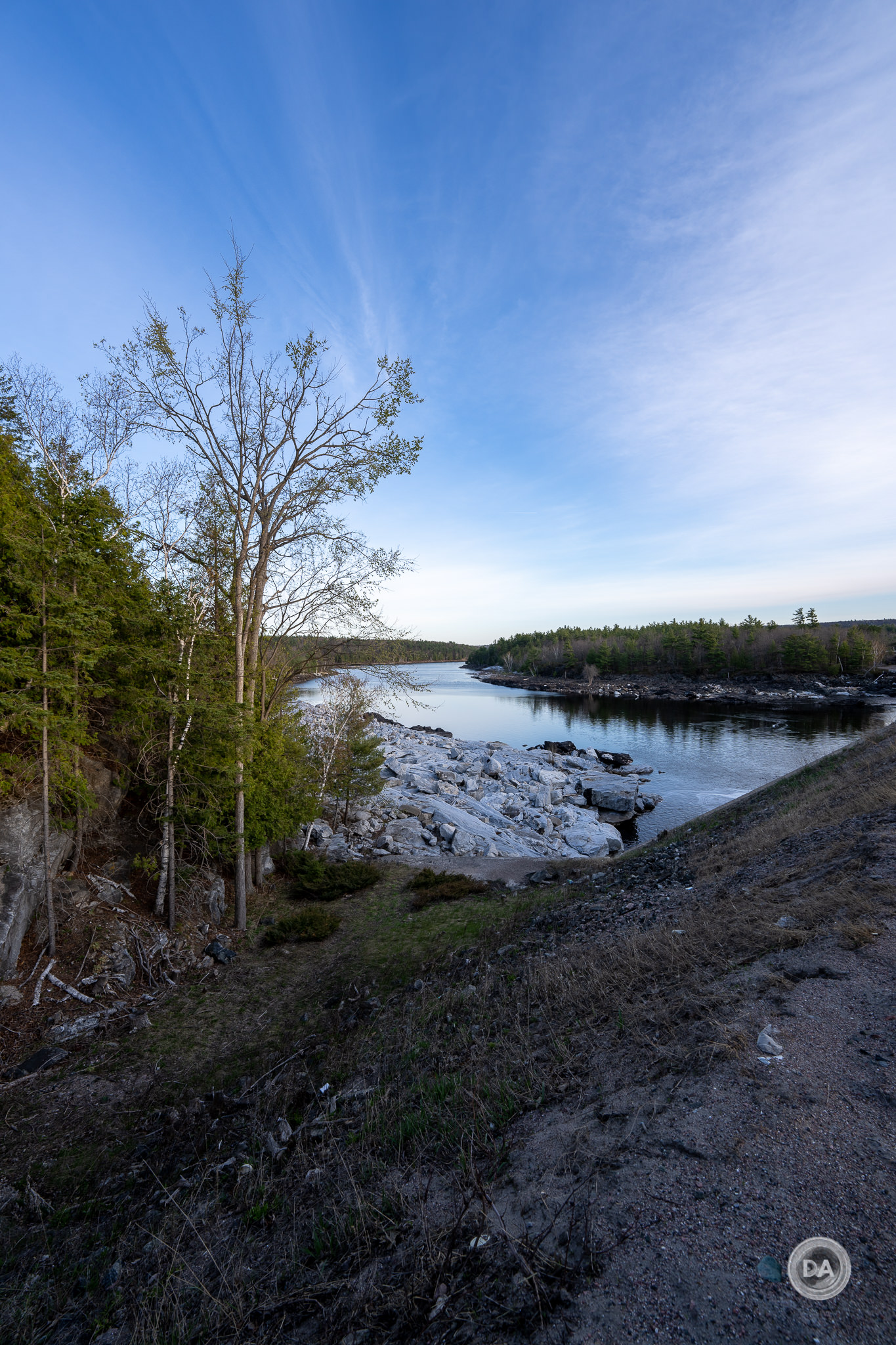


 Viltrox Pro AF 85mm F1.4 FE Gallery
Viltrox Pro AF 85mm F1.4 FE Gallery  Viltrox AF 85mm F1.4 PRO FE Review
Viltrox AF 85mm F1.4 PRO FE Review  Yongnuo YN 35mm F1.8 ART Gallery
Yongnuo YN 35mm F1.8 ART Gallery  Yongnuo YN 35mm F1.8 DA ART Review
Yongnuo YN 35mm F1.8 DA ART Review 


